Japan – Meiji-Jingū temple and Mori Tower
Tokyo. In one of the world’s largest cities, Meiji-Jingū Temple is a haven of tranquility. Religious ceremonies, weddings, prayers, Meiji-Jingū Temple is an opportunity to get away from the noise of Tokyo.
G
igantic, magnificent trees are towering high above us. Their shadows invade the small path and the sun hardly manages to find its way through the bushy branches. The bright green of their leaves is slowly giving way to a colour that is slightly yellow. Autumn is just beginning in the Japanese capital in this month of October. If you listen carefully, you can even hear the chirping of the birds in the forest and the whispering of the wind as it dances around the trees, making their leaves shake. Calm and serenity in all its simplicity. This natural scene may seem insignificant, if we were not in the heart of the sprawling city of Tokyo, with its thirty-three million inhabitants living nearby. The Meiji-Jingū Shrine is a haven of tranquility lost in the middle of the cosmopolitan city that is Tokyo.
Sunday. We arrived yesterday in the capital of Japan. It is four in the morning and yet no one can sleep. The time difference is noticeable, as it’s barely early evening in Europe. The final awakening a few hours later will be all the more difficult. The sky outside is heavy, the clouds form a grey gradation that does not bode well. The day begins timidly to dawn but it will surely be rainy.
Before going to visit the famous Meiji-Jingū shrine and enjoying the calm that reigns there, a short stop in Shinjuku is necessary. It is already eleven o’clock, but all the many restaurants have been open since dawn. You just have to let yourself be guided by the cravings and the endless advertisements. A small, dark, windowless restaurant with a view of the outside world would not be open in France, but it is quite different in Japan. We sit down quietly in one of them. After a while, the waiter looks at us, shyly comes to meet us and with a repeated gesture of his arms, points to a vending machine. Smiling and bowing slightly, of course. A vending machine in a restaurant? where’s the card? We look at each other, dumbfounded. We look at him, then at the waiter, still smiling and shy at the same time. We burst out laughing, and so does he. We understand at this moment that the machine allows us to choose the dishes and to pay the bill directly. We look like real tourists! Once the ticket is in hand, we simply give it to the waiter who brings the dishes to the customers, often within five minutes. An ingenious, fast and clean system. Especially since the ramen – a typical Japanese dish made of pasta – is excellent.
Harajuku, the Cosplays district
The JR Line seems to be the most popular underground line in the Japanese capital. Even on Sundays, it is always busy, but it easily connects all of Tokyo’s major centres very quickly. After the excellent meal in Shinjuku, the next destination is the Harajuku district. “This is where people come to shop on Sundays. If you’re lucky, you can also see Cosplays,” Nicolas tells us. “A little further on, don’t forget to visit the Champs Elysées of Tokyo, namely Omotesandō Avenue”. Nicolas Charles is a young Frenchman who has lived in Tokyo for many years. He has created a sweet shop in the Harajuku district, with a small café on the first floor. A special feature is that people in the queue are given bunny ears. The marketing strategy seems to be very effective, considering the queue that waits quietly in front of the shop and the café. “I’ve already been on TV twice! That helps! I’ve already been on TV twice,” he says with a big smile, showing us the screen that plays the video of his interviews in a loop. “Business is slowly picking up. The period after the 2011 earthquake was difficult for everyone. Japan’s economy suffered, but tourists have been coming back in droves since last year.”
Nicolas set up his shop a few years ago and has made a name for himself in a very competitive world. “Living in Japan can be more difficult than in France. Here, health care is horribly expensive and almost not reimbursed”, he replies, following our questions about life as a foreigner in the land of the rising sun. “In the end, each country has its advantages and disadvantages. But I wouldn’t go back to France for anything in the world, especially as I have my family here. We greet Nicolas one last time and the visit of the Harajuku district continues, with the crowd that accompanies us and that keeps growing.
The tranquility of the Meiji-Jingū shrine
Omotesandō Avenue is certainly beautiful, but there is no need to waste much time visiting it. It is another showcase of relentless consumerism that stretches for miles, nothing more. Especially since the majority of the shops remain, as on the Champs Elysées, overpriced. Next to Harajuku station is the famous Meiji-Jingū shrine, a popular tourist spot for Tokyoites and tourists alike. “Look at the toriis, it says on the plaque that the trees are from Taiwan and that they are the tallest toriis in Japan! “Misa enthuses in Chinese. Misa is a Japanese friend she met in Taiwan. Attracted by the Chinese language and culture, she is currently working on translating Chinese/Japanese books and has done an interesting thesis on the indigenous people of Taiwan. Continuing in a mix of English and Chinese, she explains that the Meiji-Jingū Shrine was built to commemorate Emperor Meiji, who died in 1912. He was one of the reasons why Japan industrialised and became an important international power. This era is better known as the “Meiji era”.
Before entering the Meiji-Jingū Shrine, one must wash one’s hands at a water source. “Oh! Look! A wedding! Those who can afford a wedding at Meiji-Jingū Shrine are usually quite rich,” she exclaims with her hands still wet. Everyone walks behind each other. The priests lead the procession, followed by two lovely young women, presumably assistants, and then the bride and groom. Family and friends close the long line. Above the newlyweds floats a gigantic red sunflower. The majority of the guests are dressed in traditional Japanese costume, especially the women. The bride and groom are also dressed in the traditional kimono. It would be difficult to imagine this at a wedding in Alsace, for example. This shows a certain determination of the Japanese not to let the traditions, which are still firmly rooted in their culture, disappear so quickly. The parade is fascinating. Everyone speaks in a low voice, to respect the silence of the ceremony. This will be the only time that tourists and Japanese will be able to see the bride, as the rest of the ceremony takes place in private in one of the countless buildings of the Meiji-Jingū shrine.
“You have to clap your hands twice, bow slightly twice and then make a vow,” Misa explains to us as we stand in front of a representation of a god. The temple may be Shinto, but anyone can pray freely, even non-believers. “Most of the temples work thanks to donations and the sale of small wooden cards for prayers or any other objects at the entrance of the shrine. Misa continues her explanations (some in Chinese!), of her everyday life in Tokyo, she who studied for five years in Hiroshima and lived all her youth in Wakayama. The Meiji-Jingū Shrine is a place full of spirituality and undoubtedly very beautiful, far from the ultramodern Tokyo that is nevertheless not far away. As we leave Meiji-Jingū Shrine, the sun manages to break through the clouds and illuminates the canopy of the shrine trees. It’s time to say goodbye to Misa and go see Tokyo from above.
Discover Tokyo from the top of the Mori Tower
Night has fallen by the time we get on the metro, bringing with it the special atmosphere of Tokyo. The streets are beginning to light up and the clouds have given way to a deep blue sky. All around us, the shops are open like any other day of the week. Nearby Roppongi station, the Mori Tower is dressed in its night wardrobe. Despite its height, we still managed to get lost and it’s only after about ten minutes that we see it. We contemplate the giant spider at the entrance of the Mori Tower, the time for a little break. The price per person is 1800 Yen, but it is well worth it. It is at the top of about 50 floors that you can see the immensity of the city of Tokyo. It stretches on forever, the lights extending to the distant horizon. There are few people in Mori Tower at this hour. We are almost hypnotized by this spectacle. Opposite us is the very famous Tokyo Tower, a replica of the very French Eiffel Tower. Another link with the land of the soil is the possibility to have a glass of excellent champagne for the modest sum of 1700 Yen. Fortunately, the appetizers are included in the price! But that’s for another time…
We prefer to go back down to the ground to find an excellent restaurant in Shinjuku, on the corner of a deserted street. As usual, it is chance that guides us through the bowels of the district. A democratic choice is often made according to criteria such as the smell, the presentation of the restaurant (even if it is not to be trusted), the plastic dishes that are presented at the entrance. This particular restaurant is so small that only about ten people can fit in, but the ravioli do not reflect the size of the restaurant. They are simply excellent. Two hours and several beers later, it’s time to go home. But we probably haven’t come down from our reverie after this wonderful day.
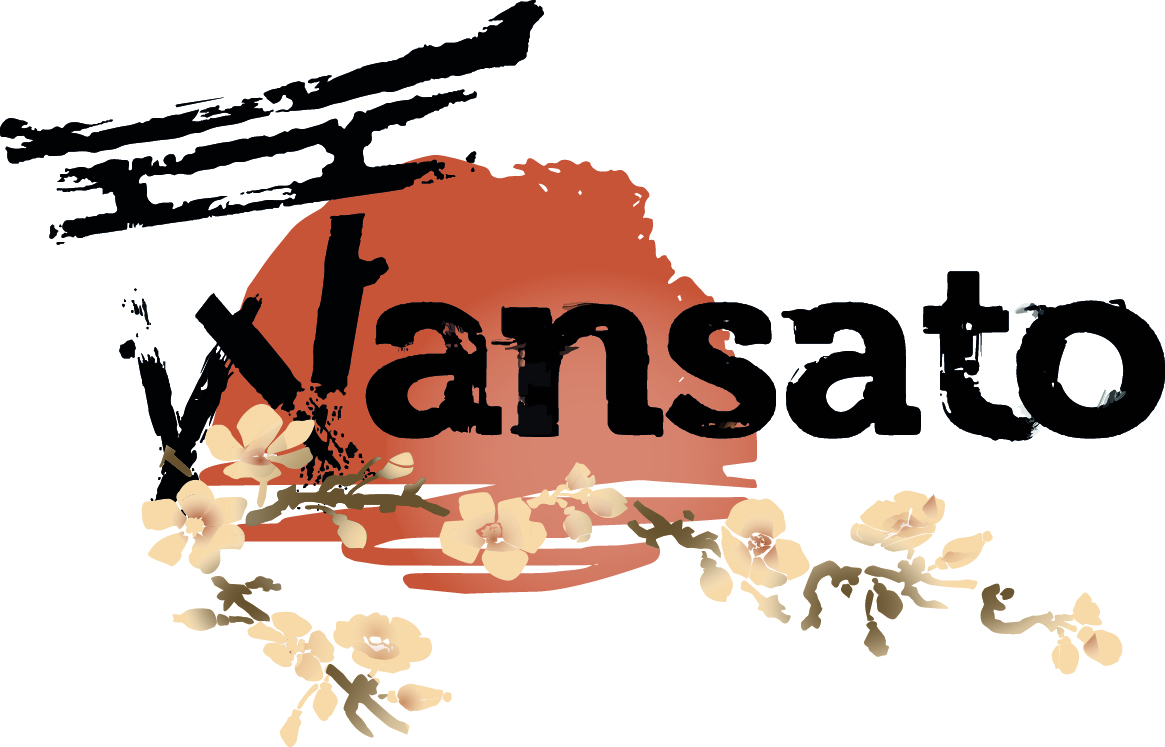
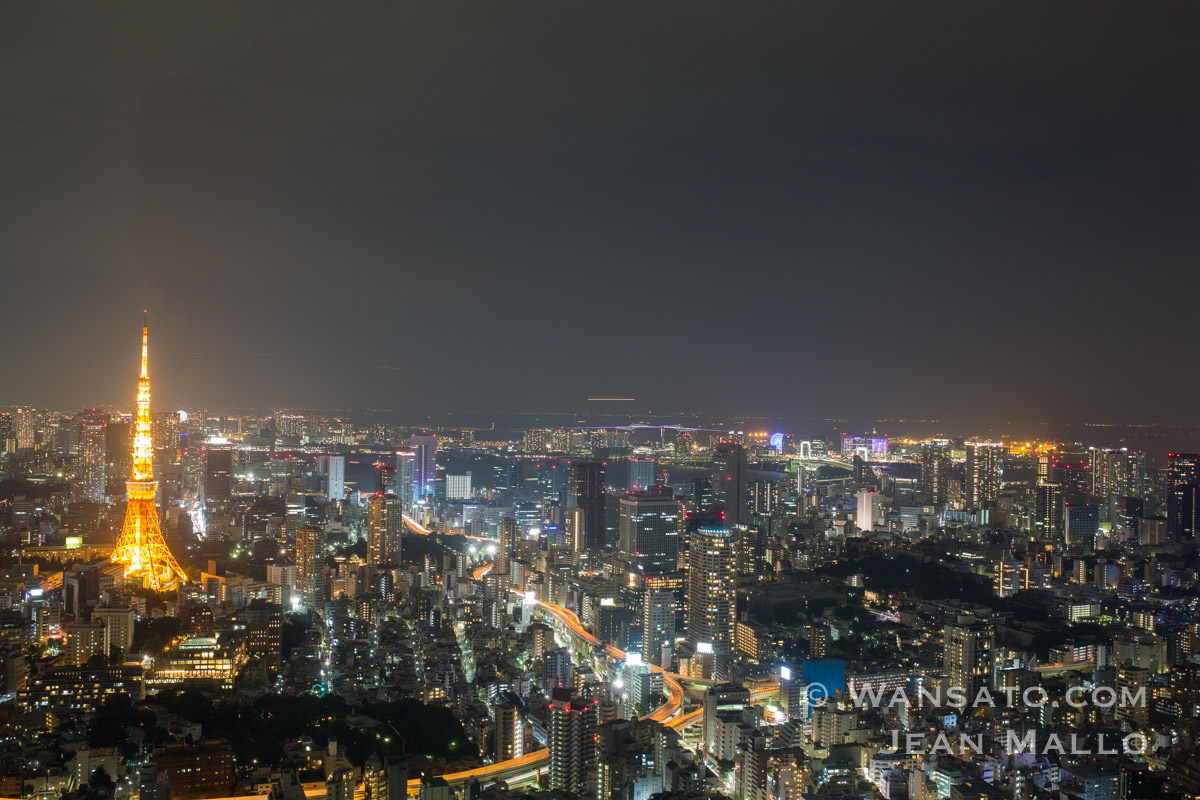
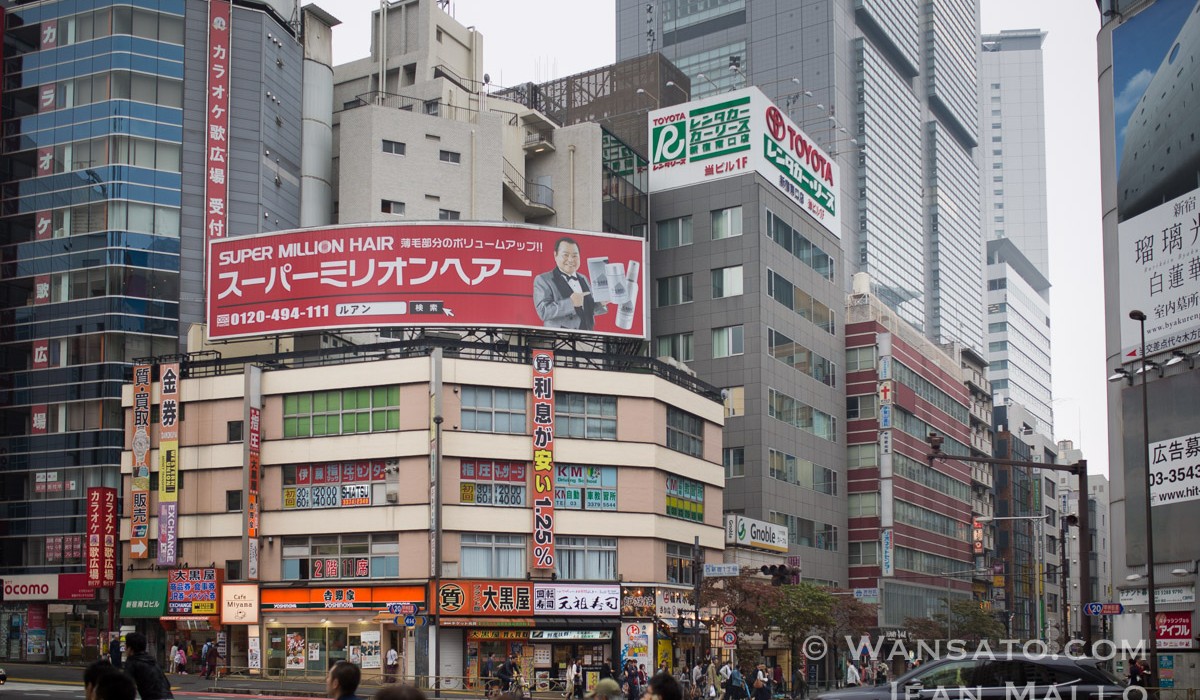
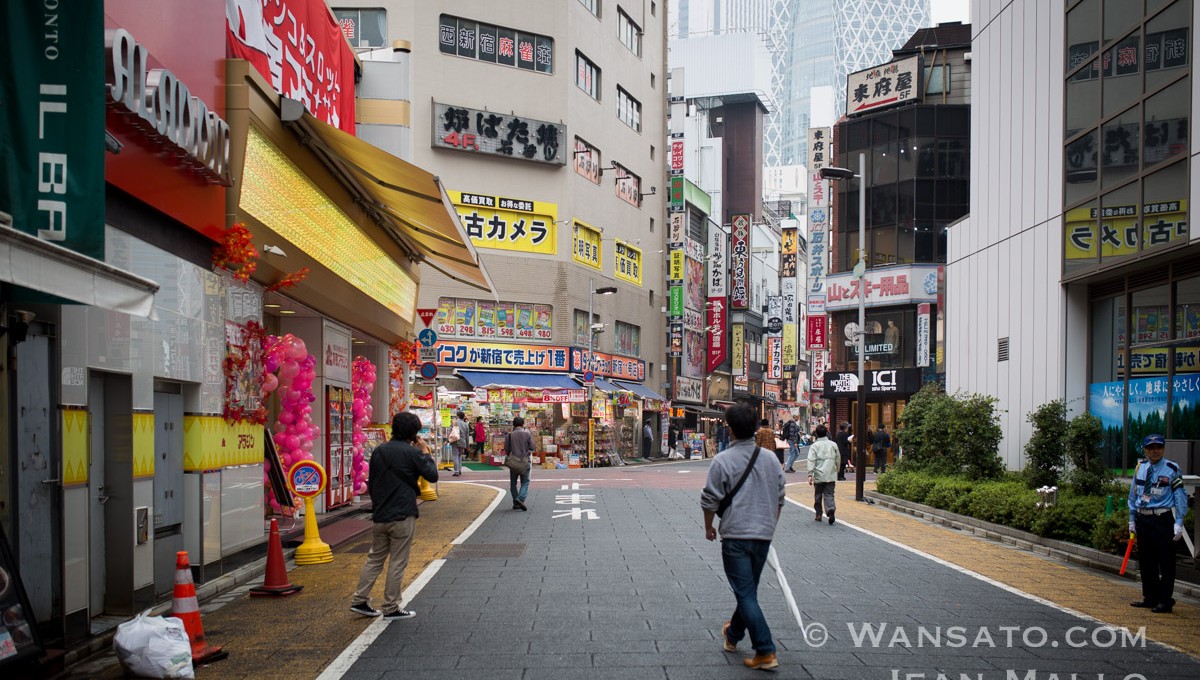
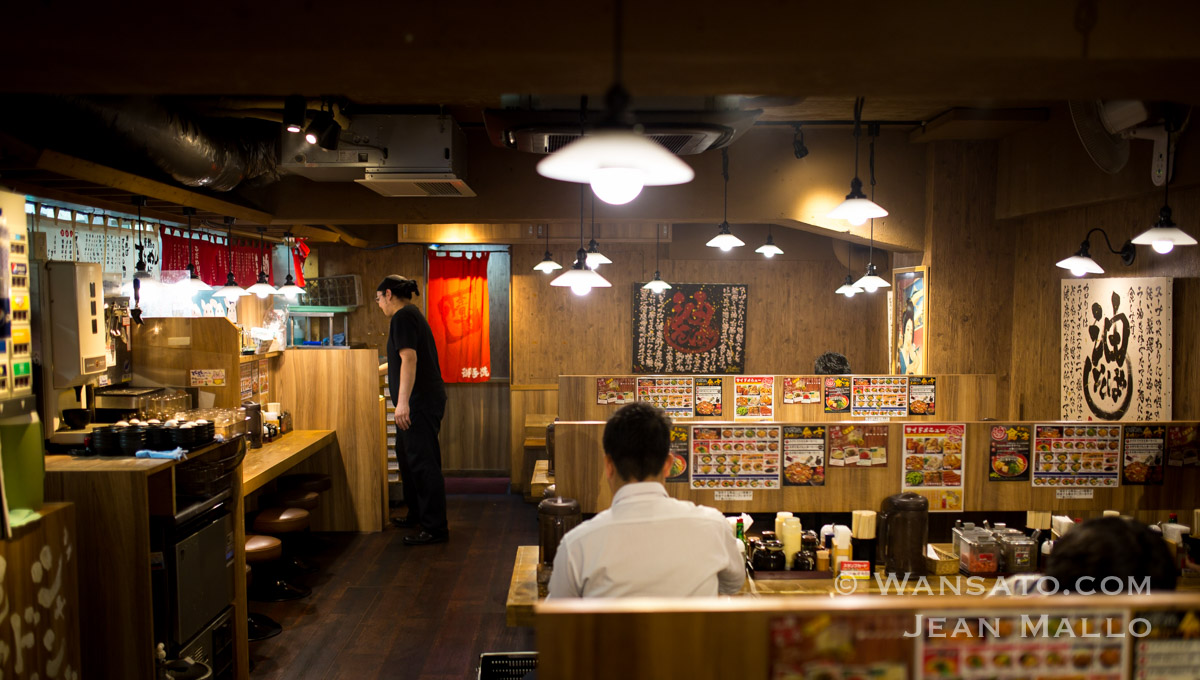
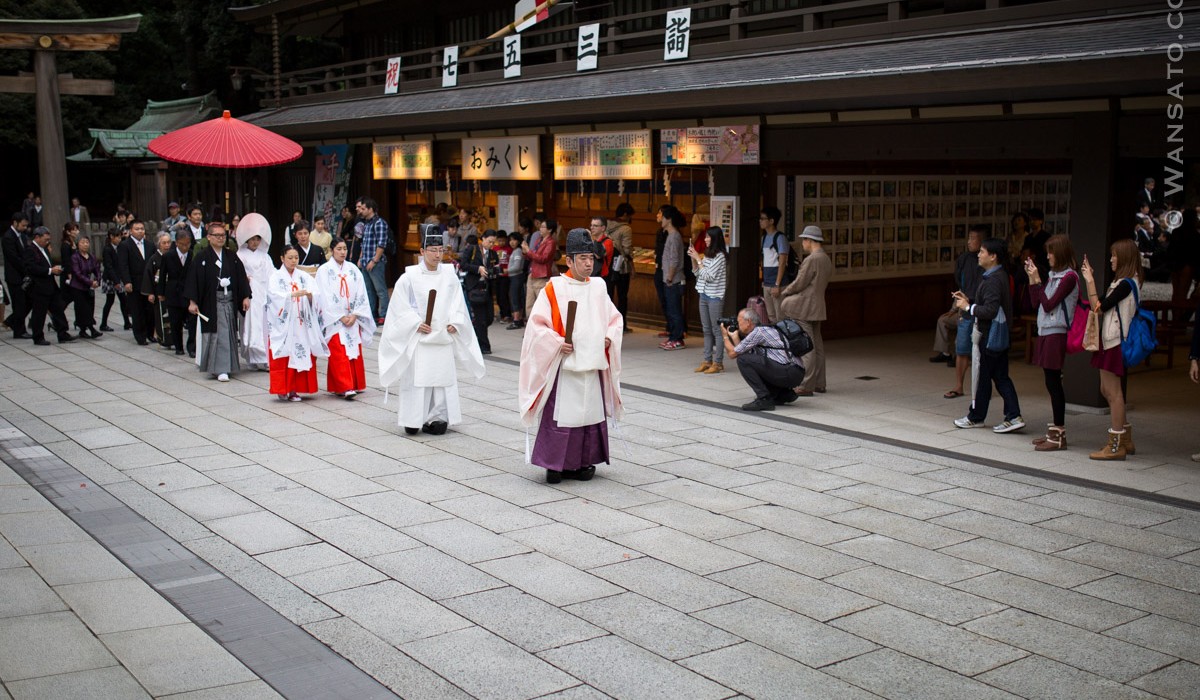
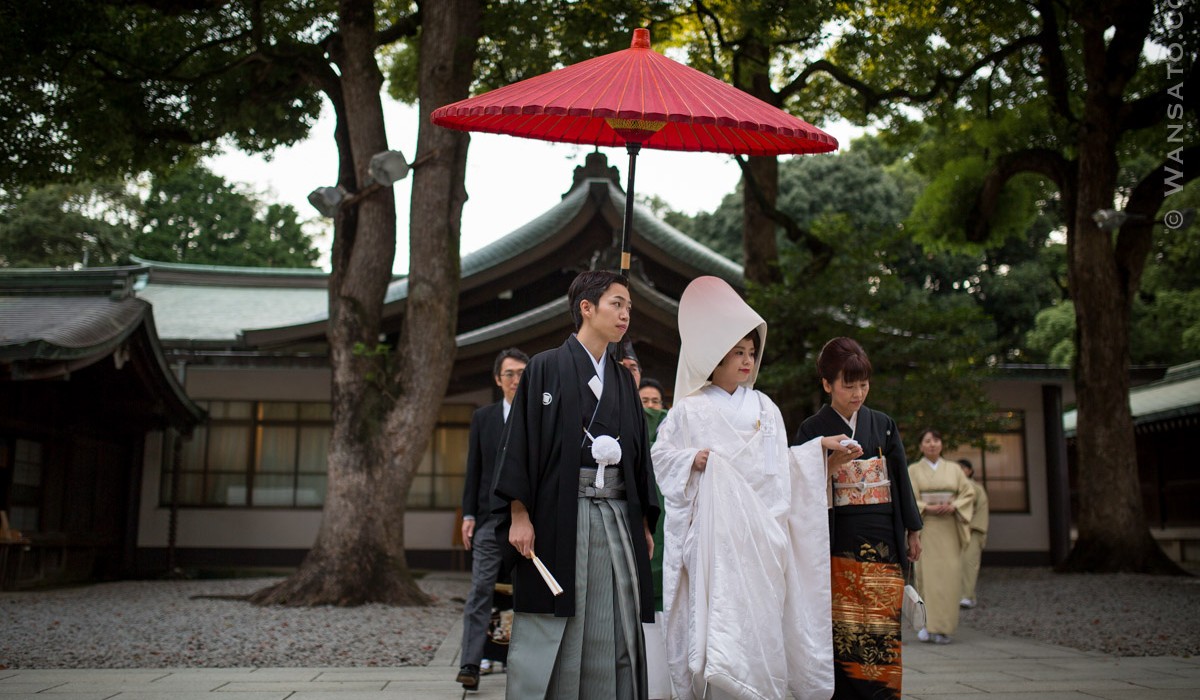
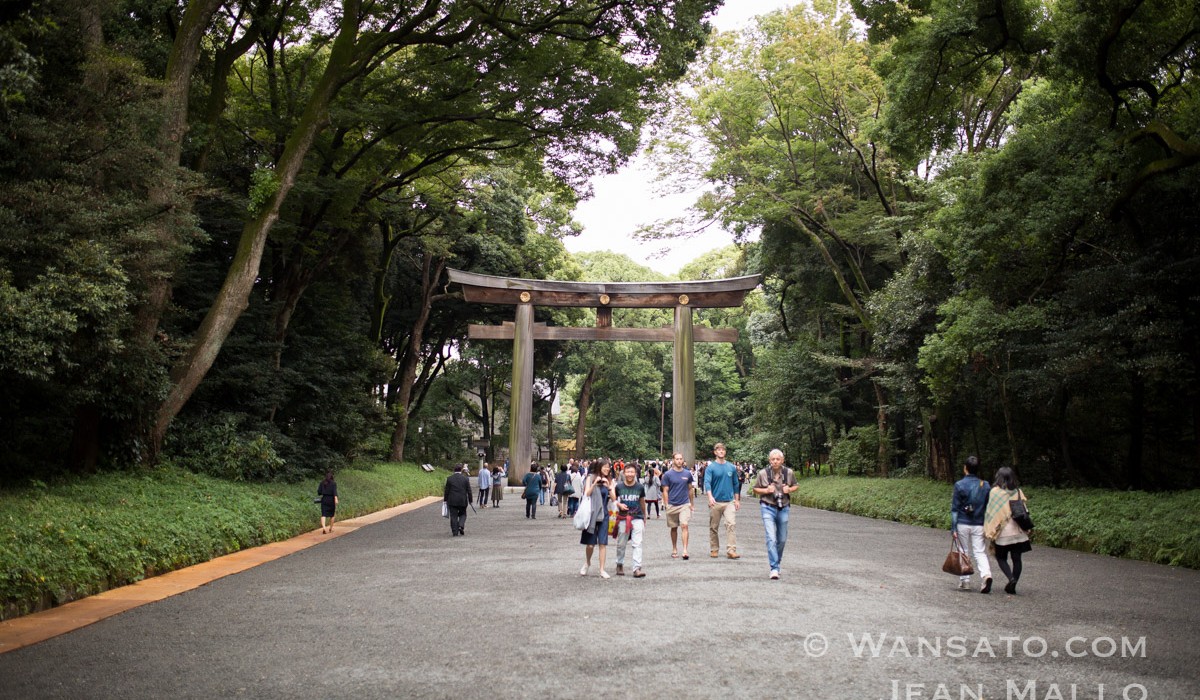
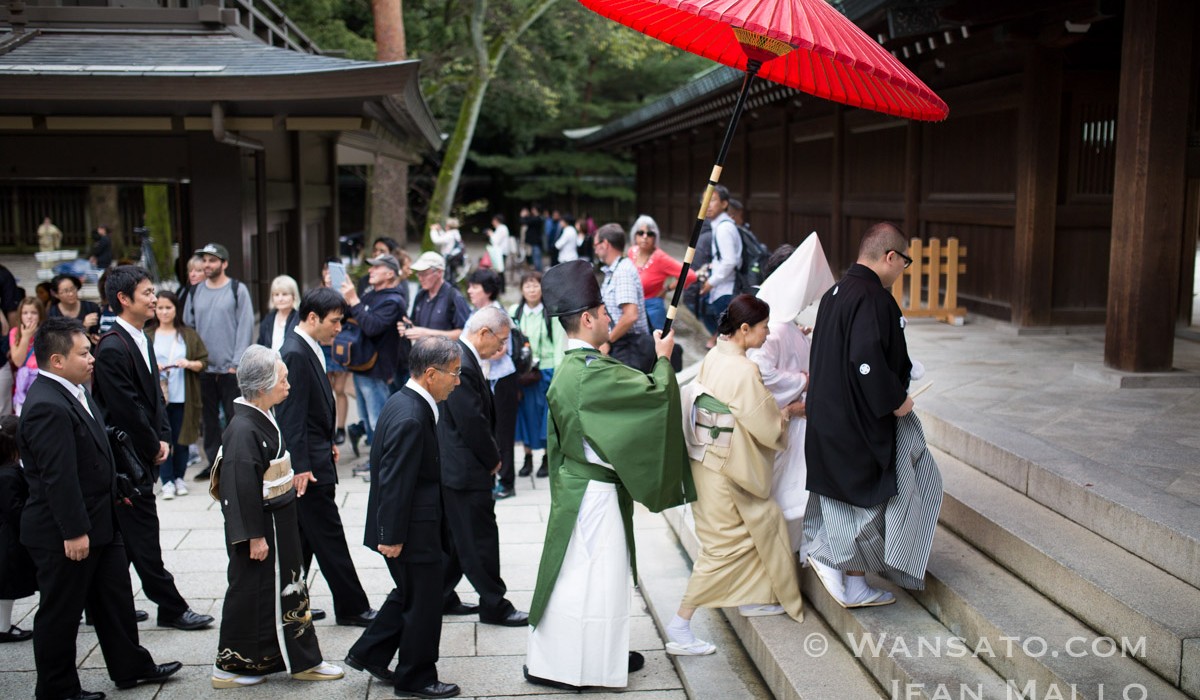
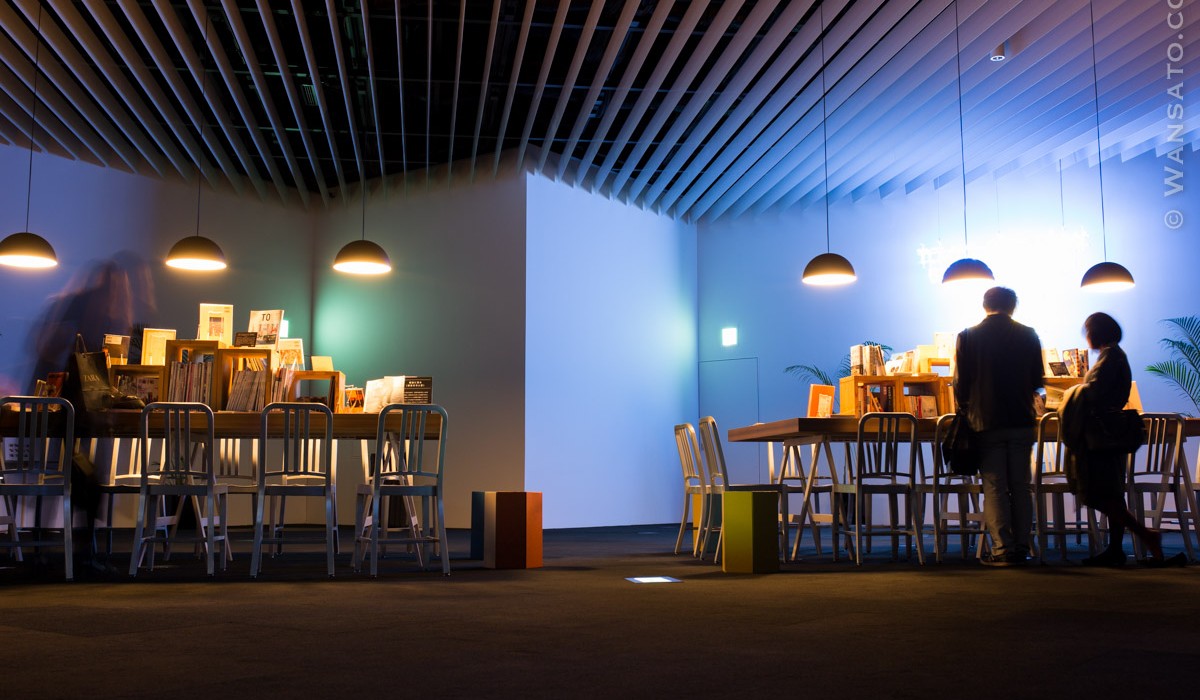
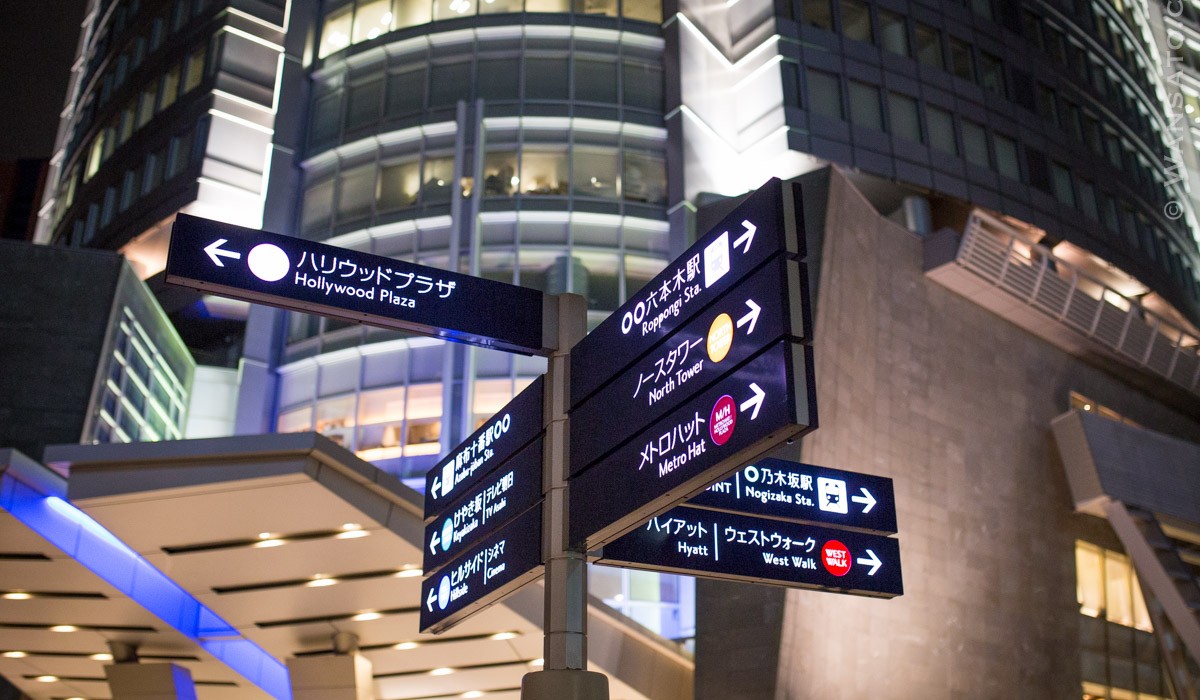
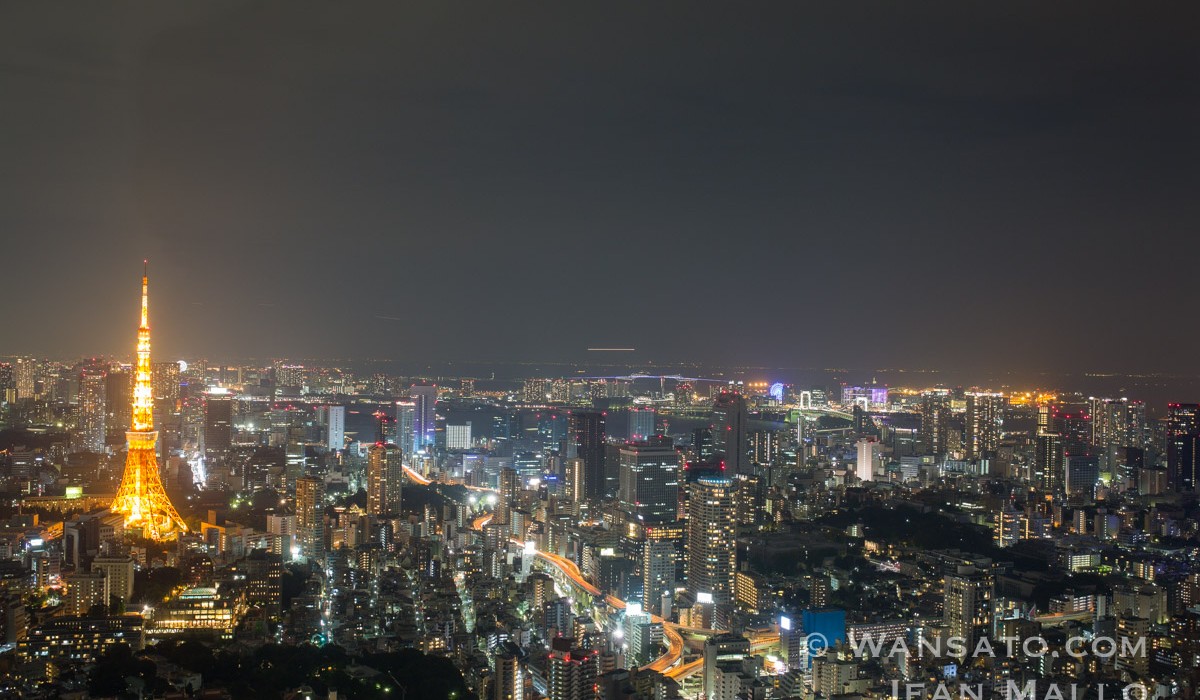
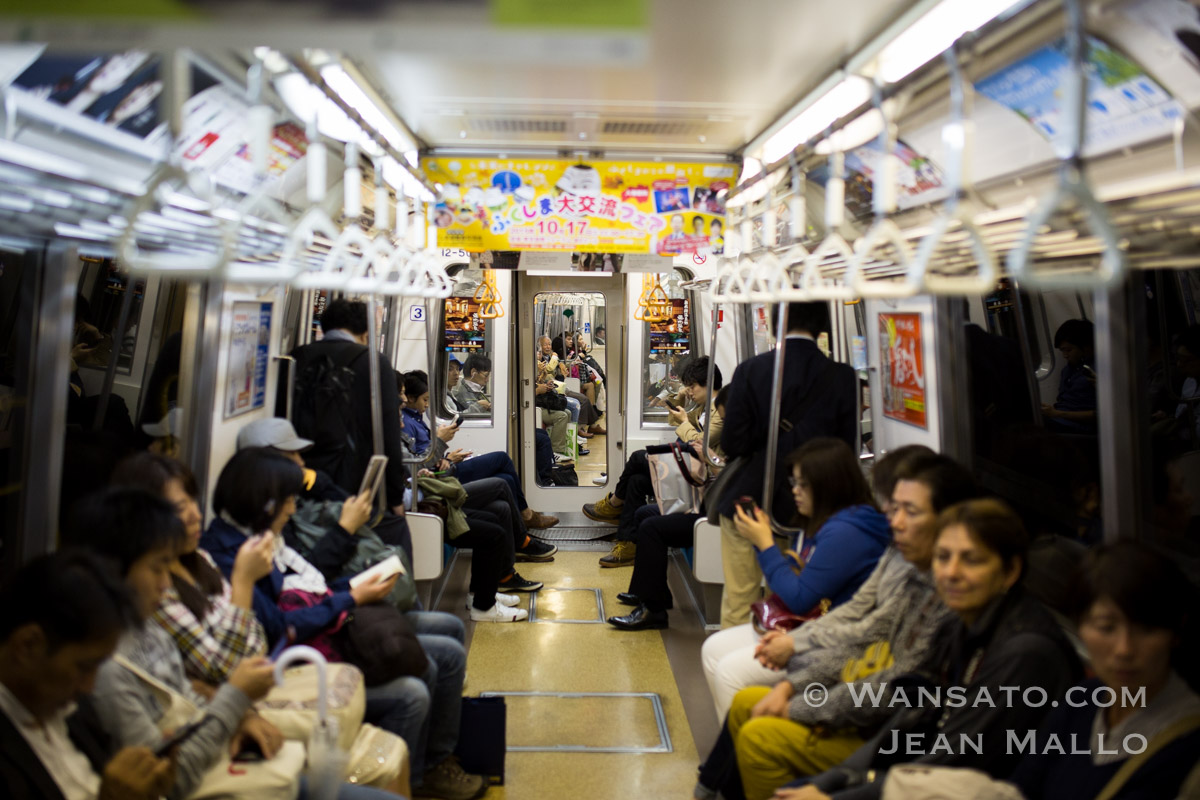
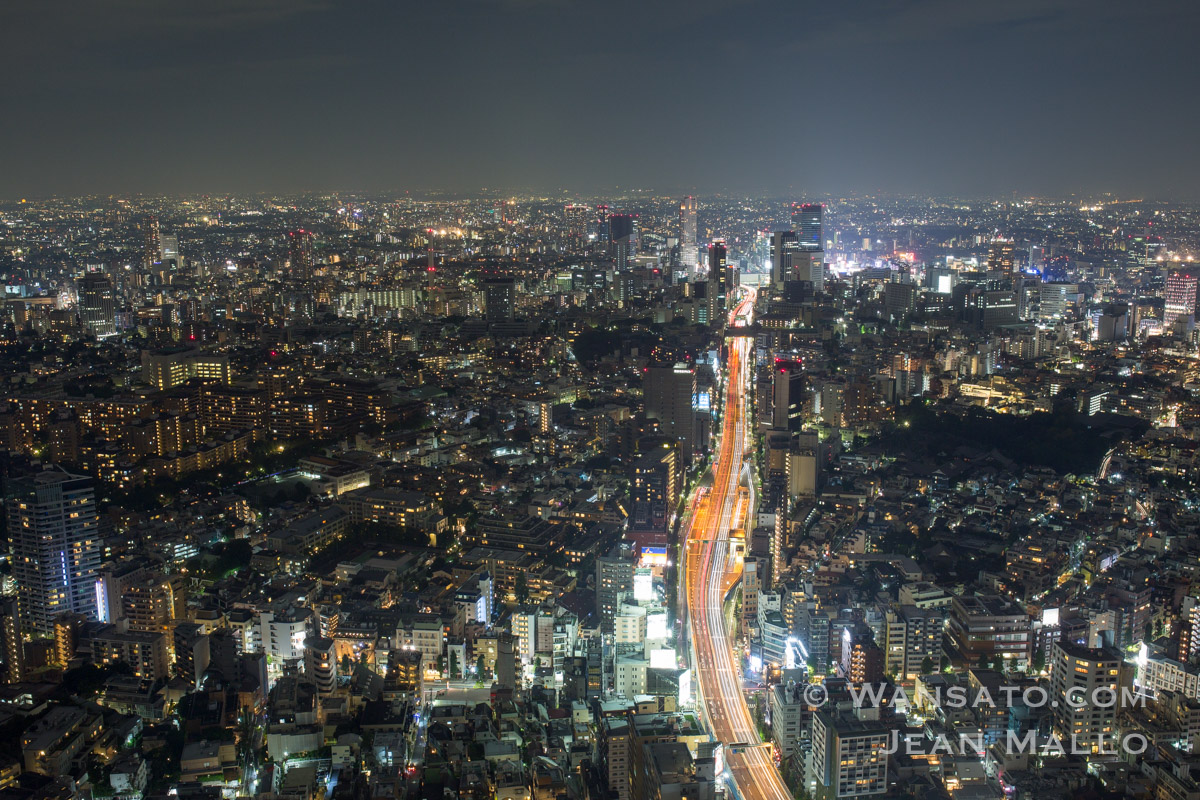
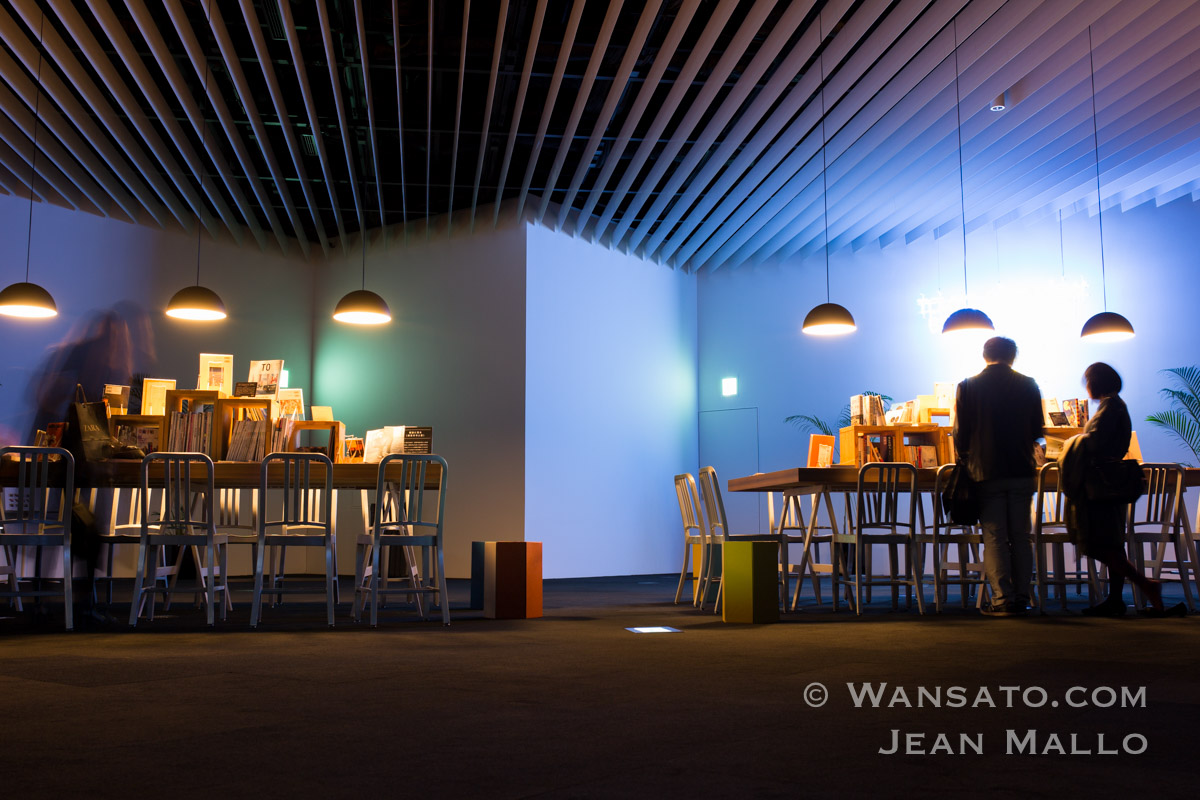
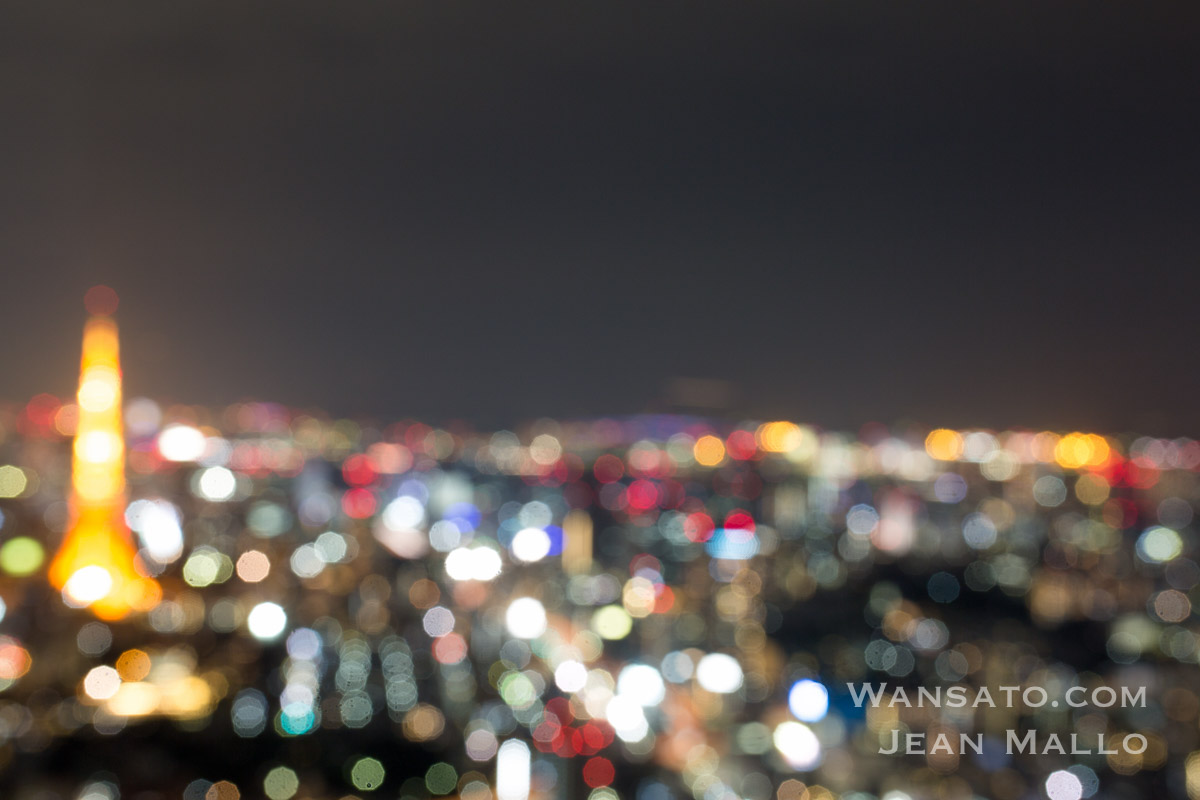

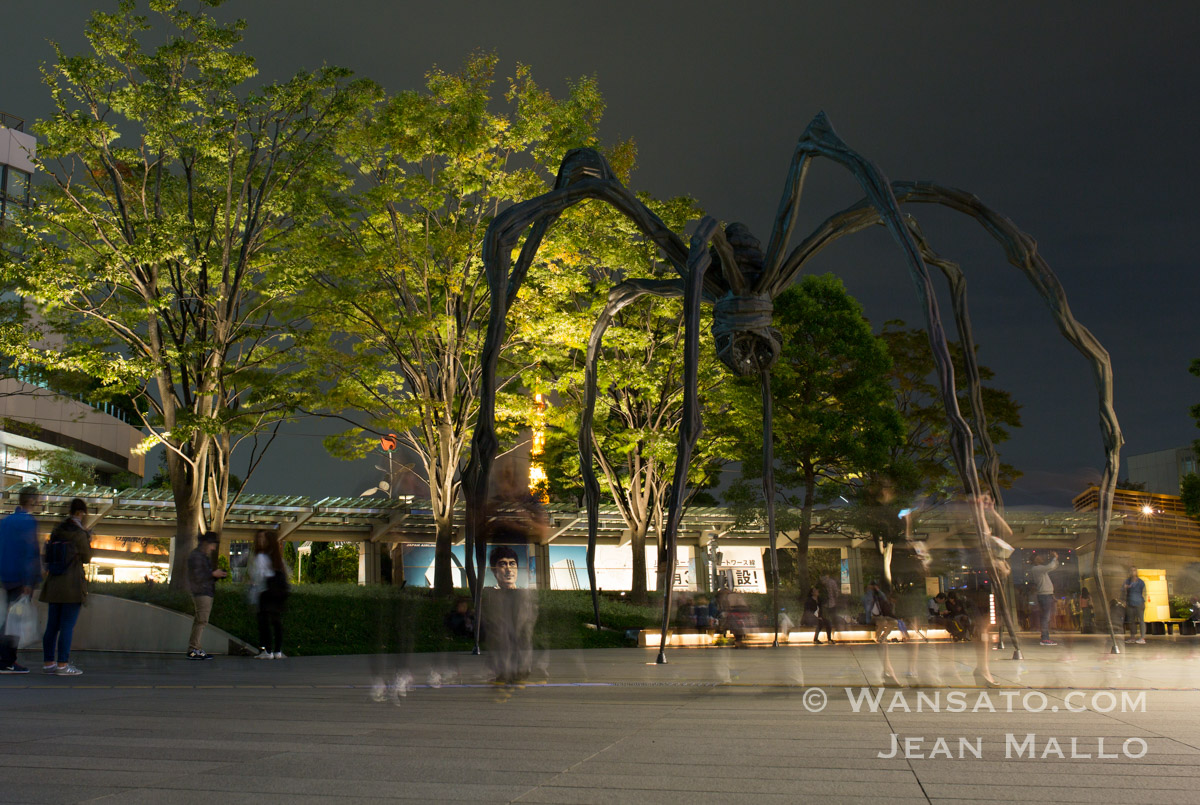
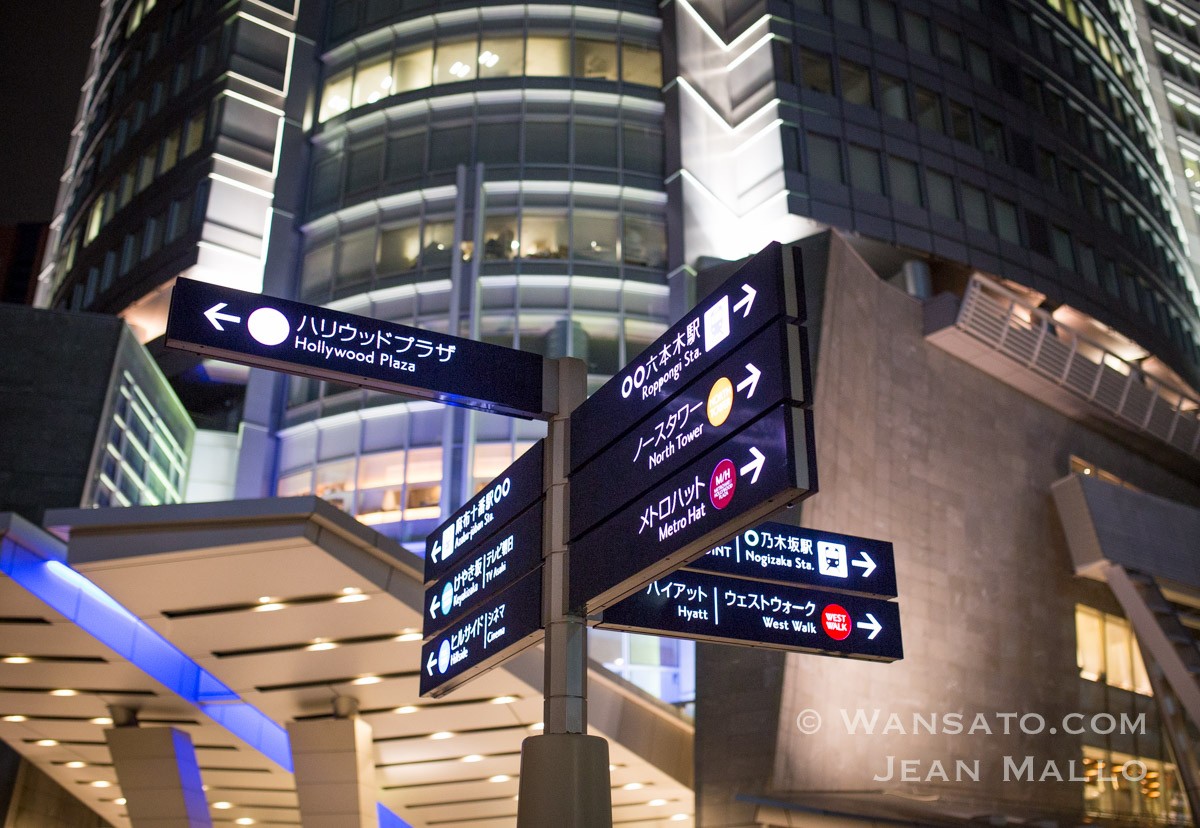
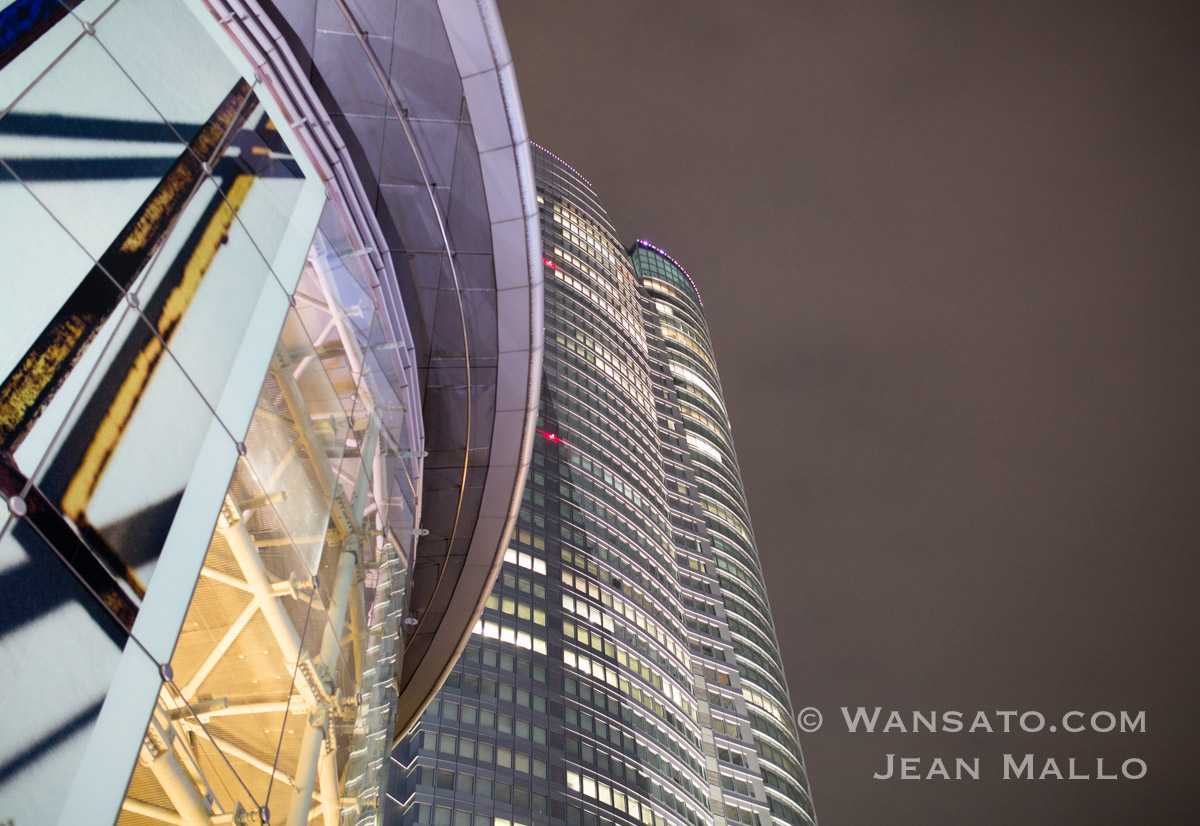
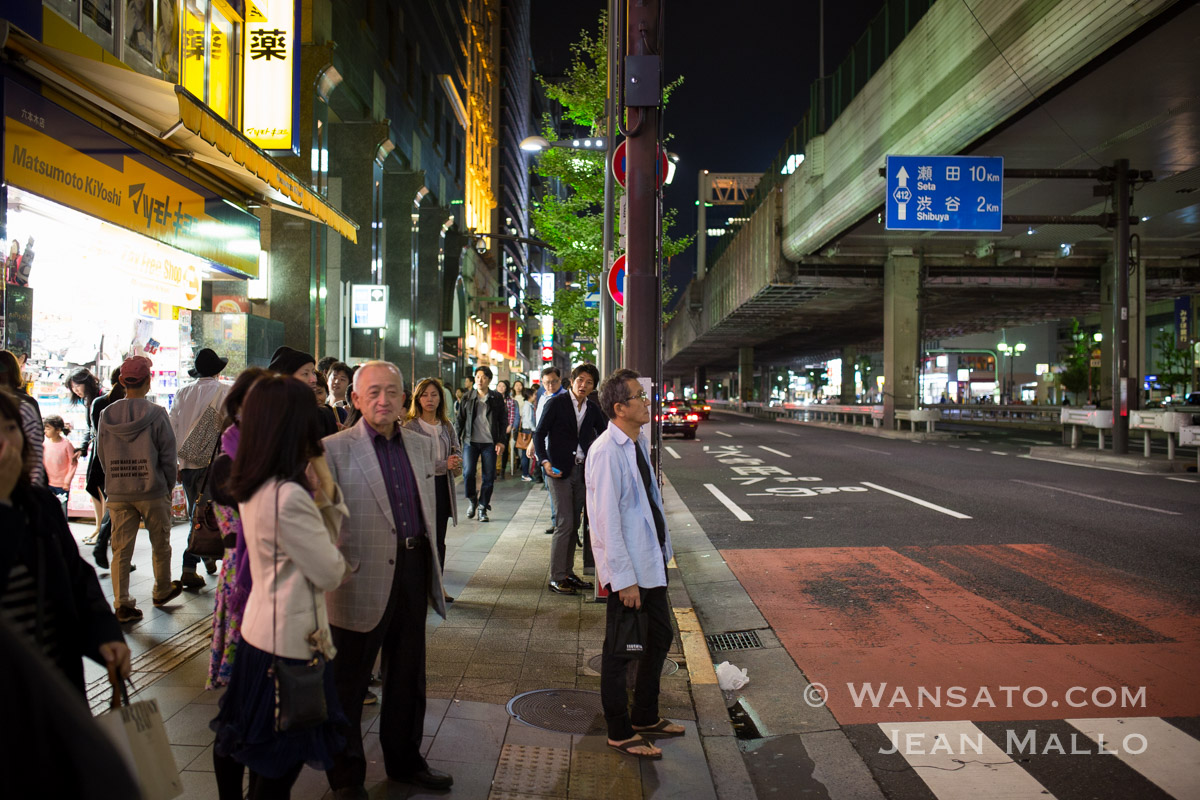
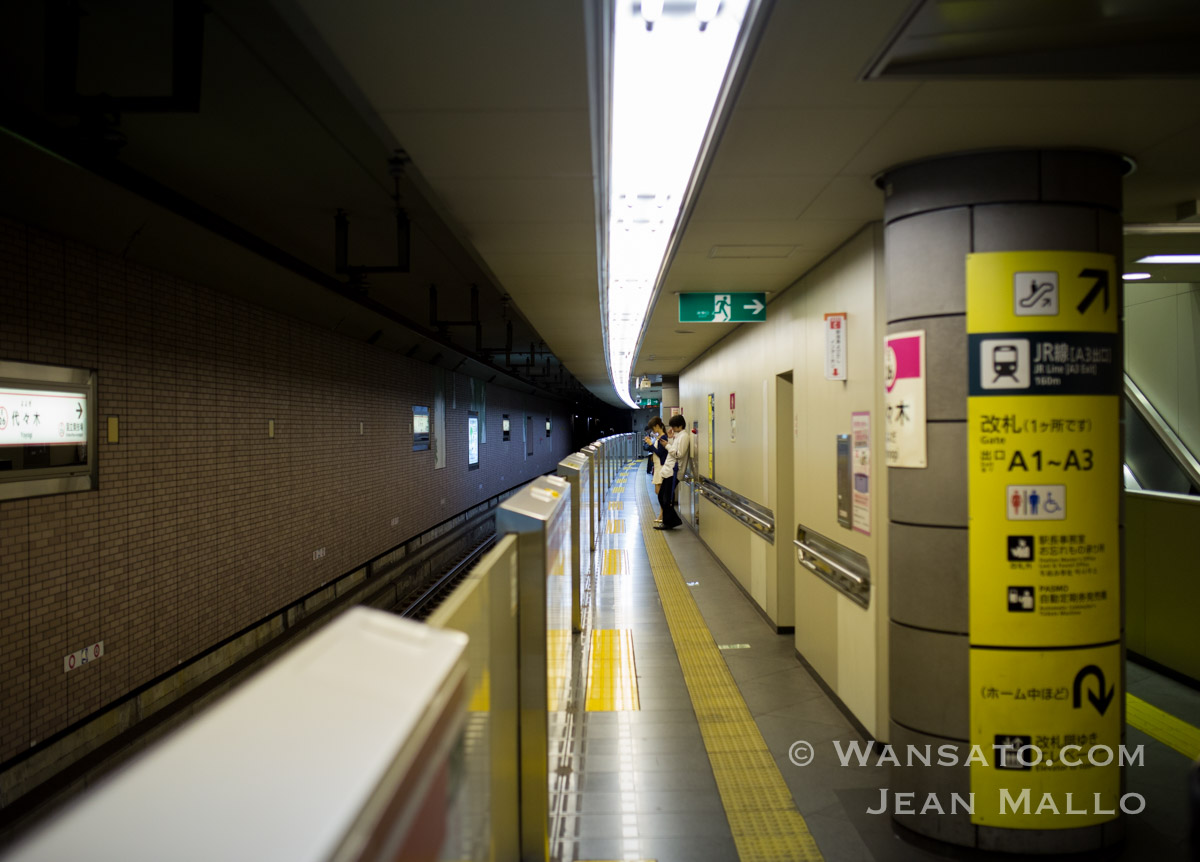
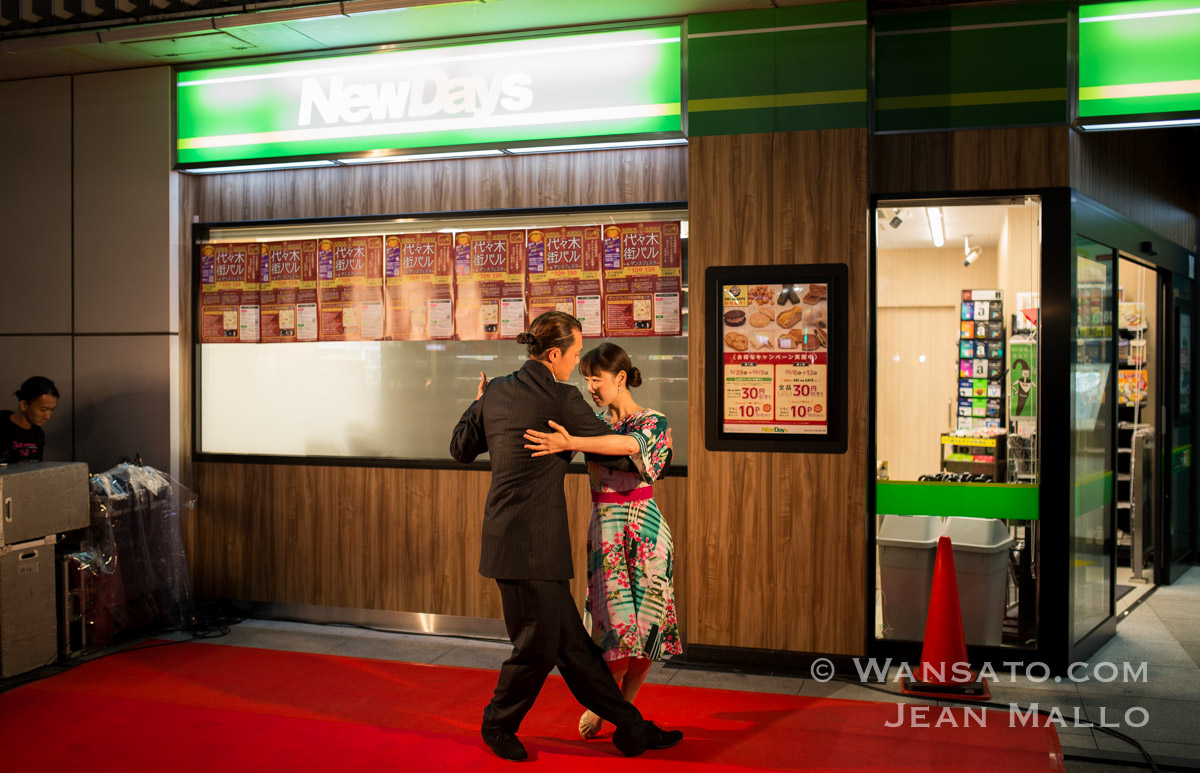
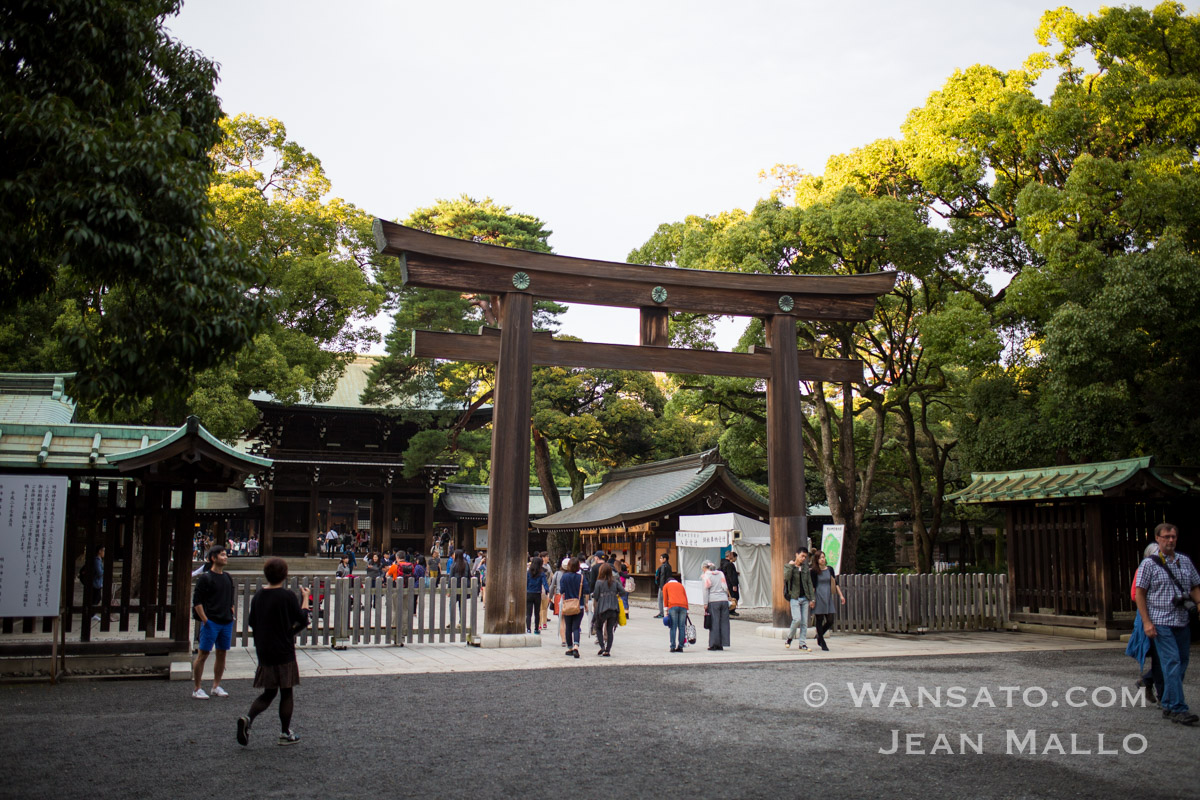
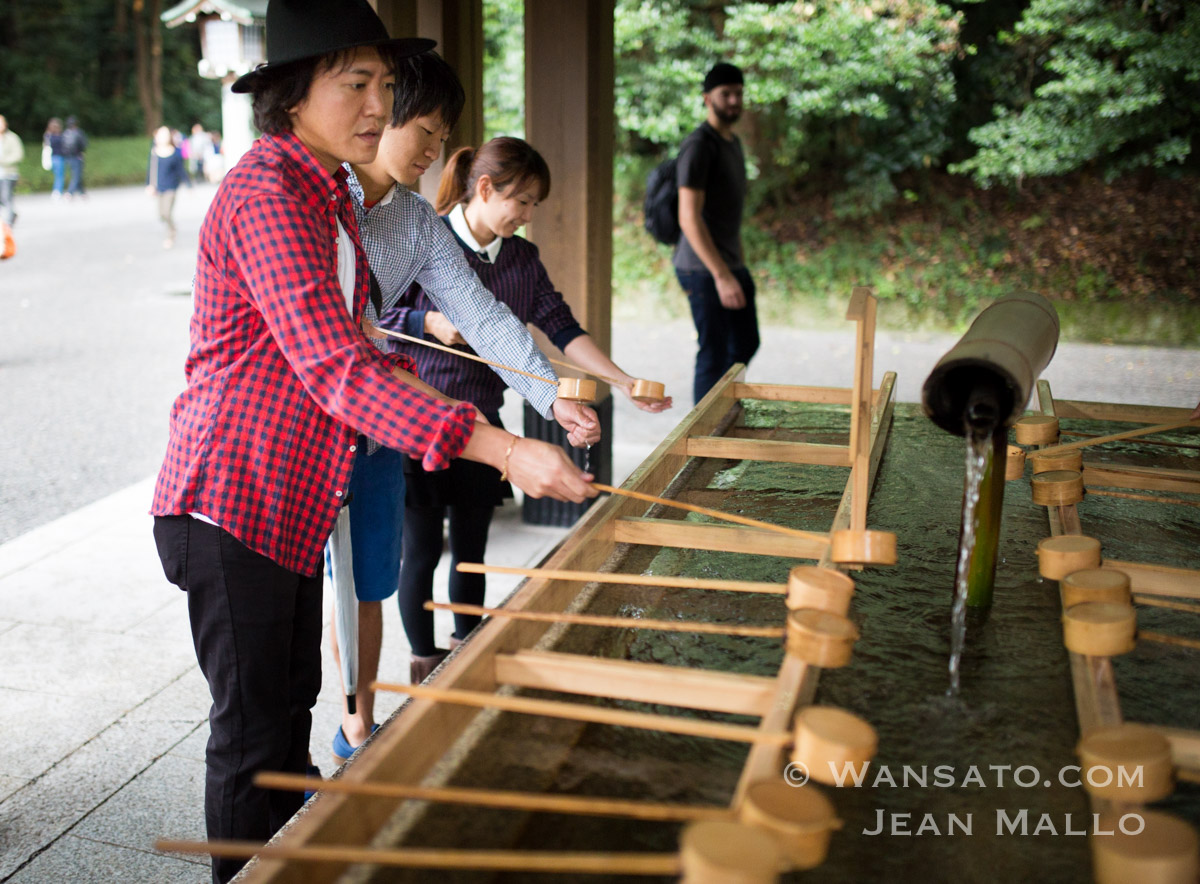
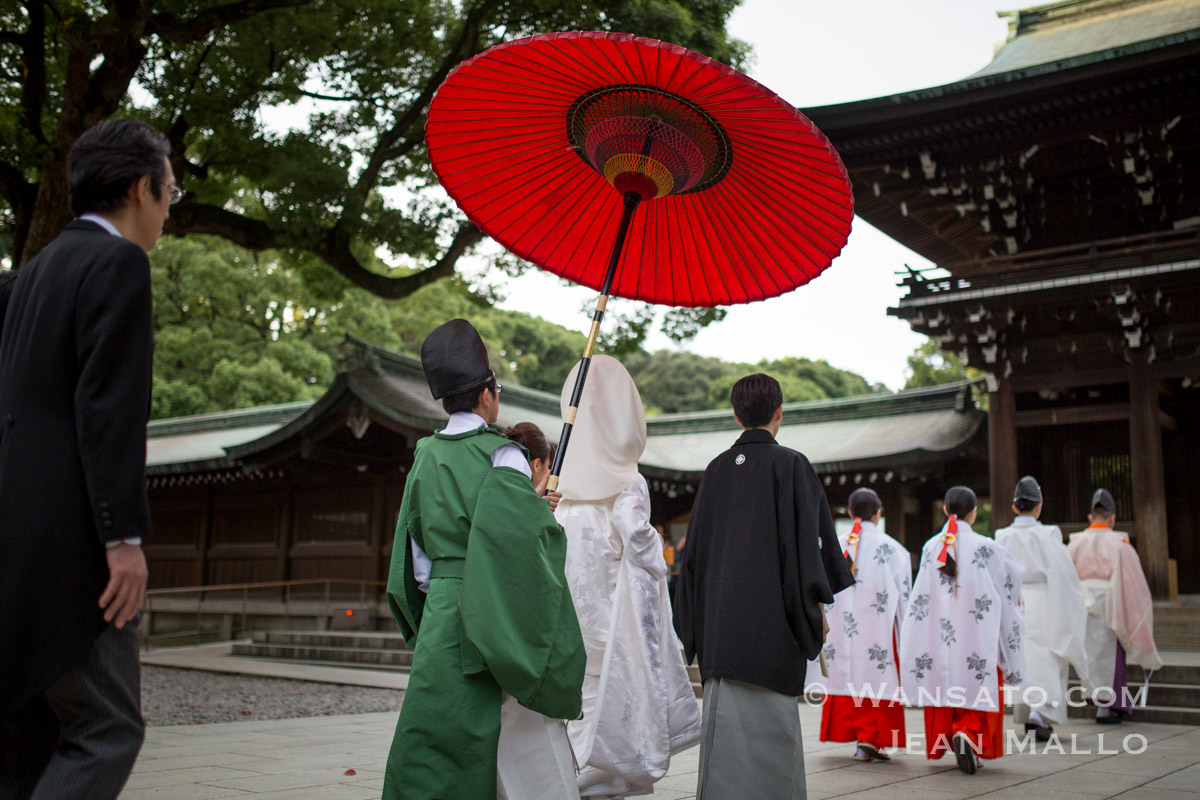
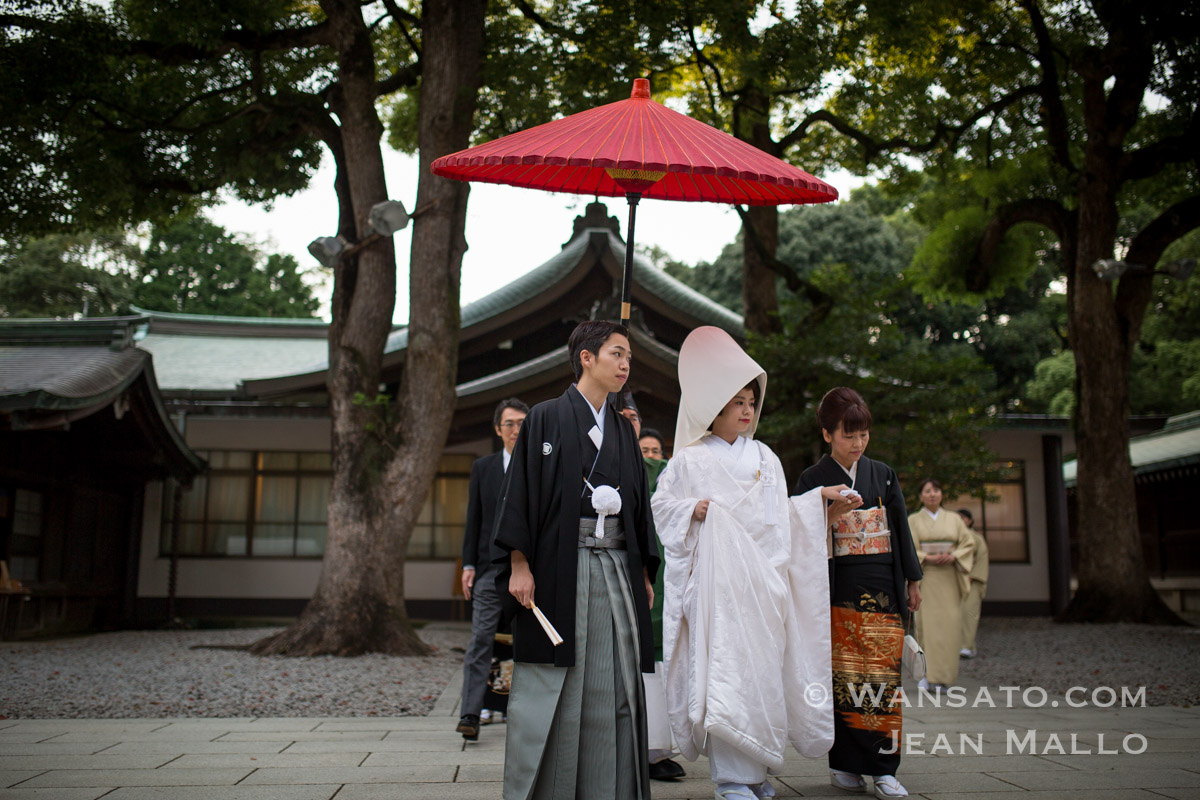
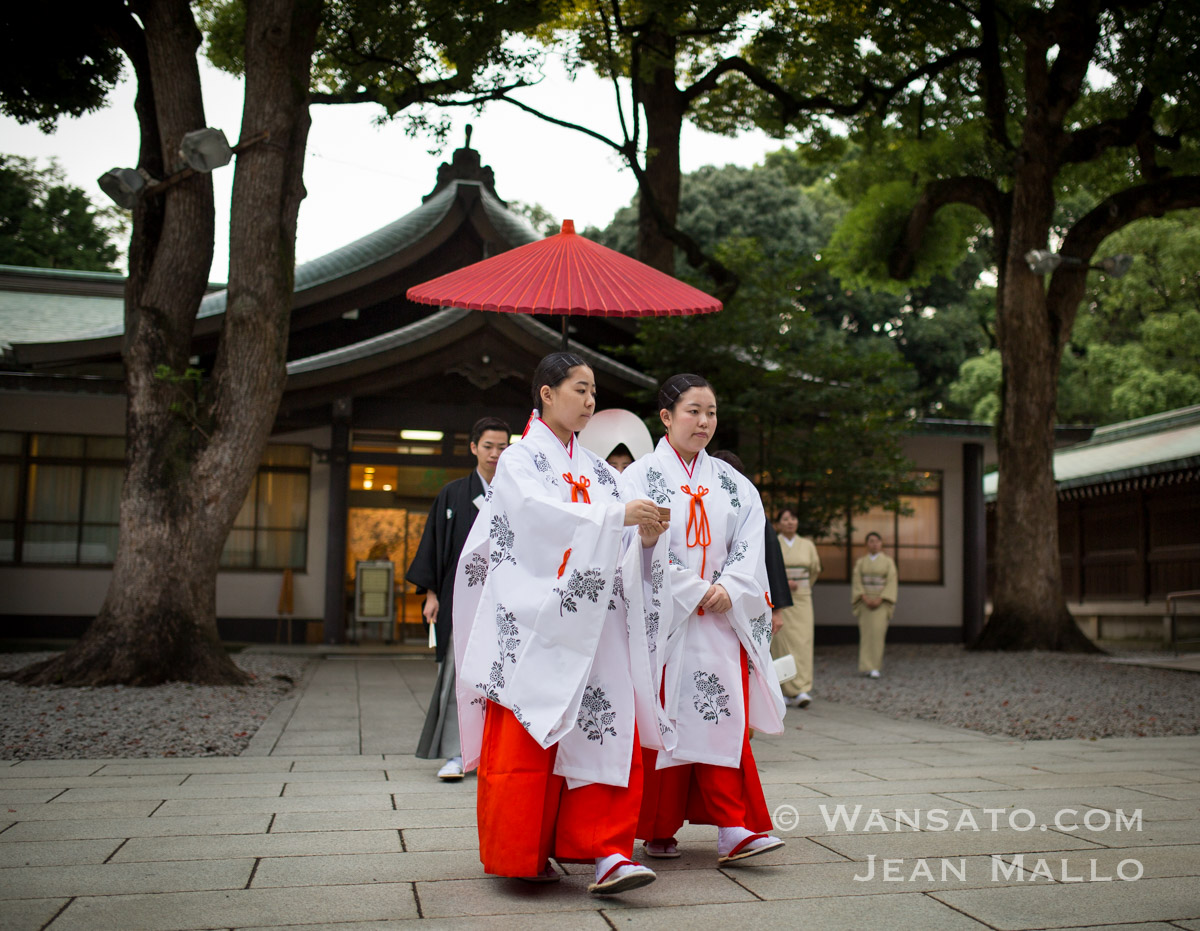
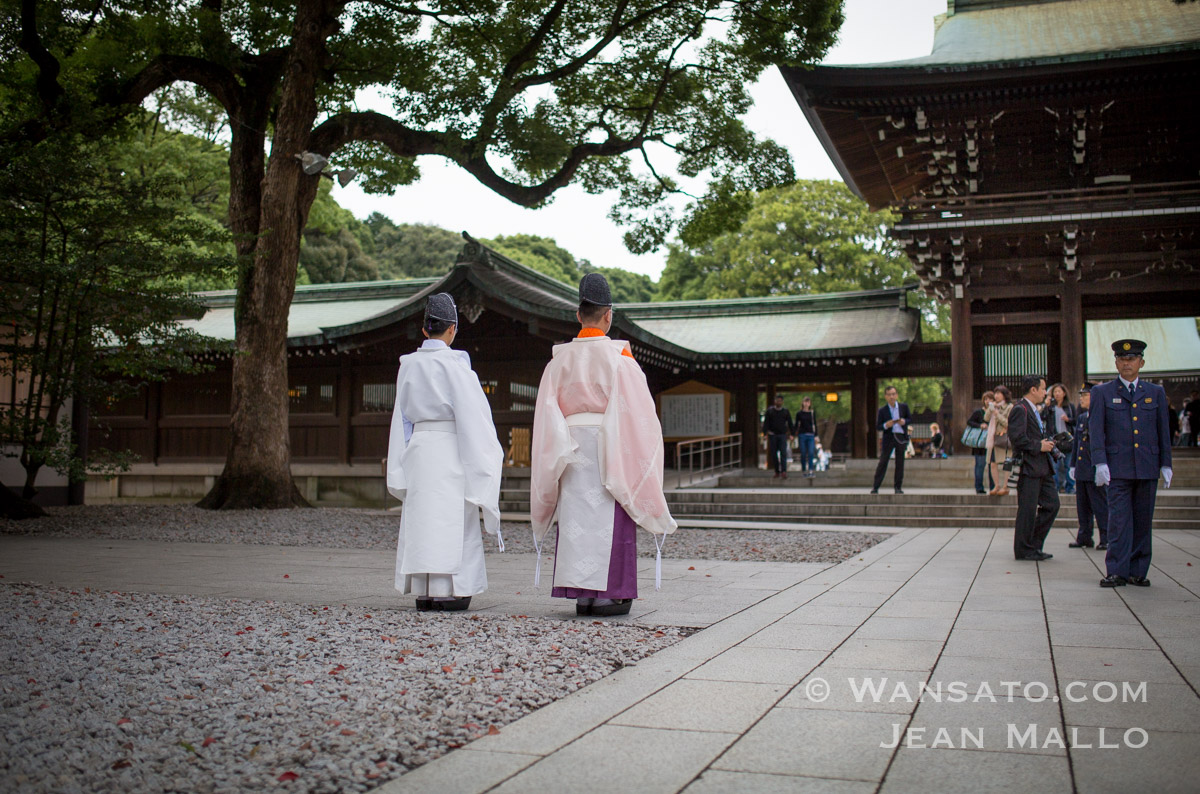
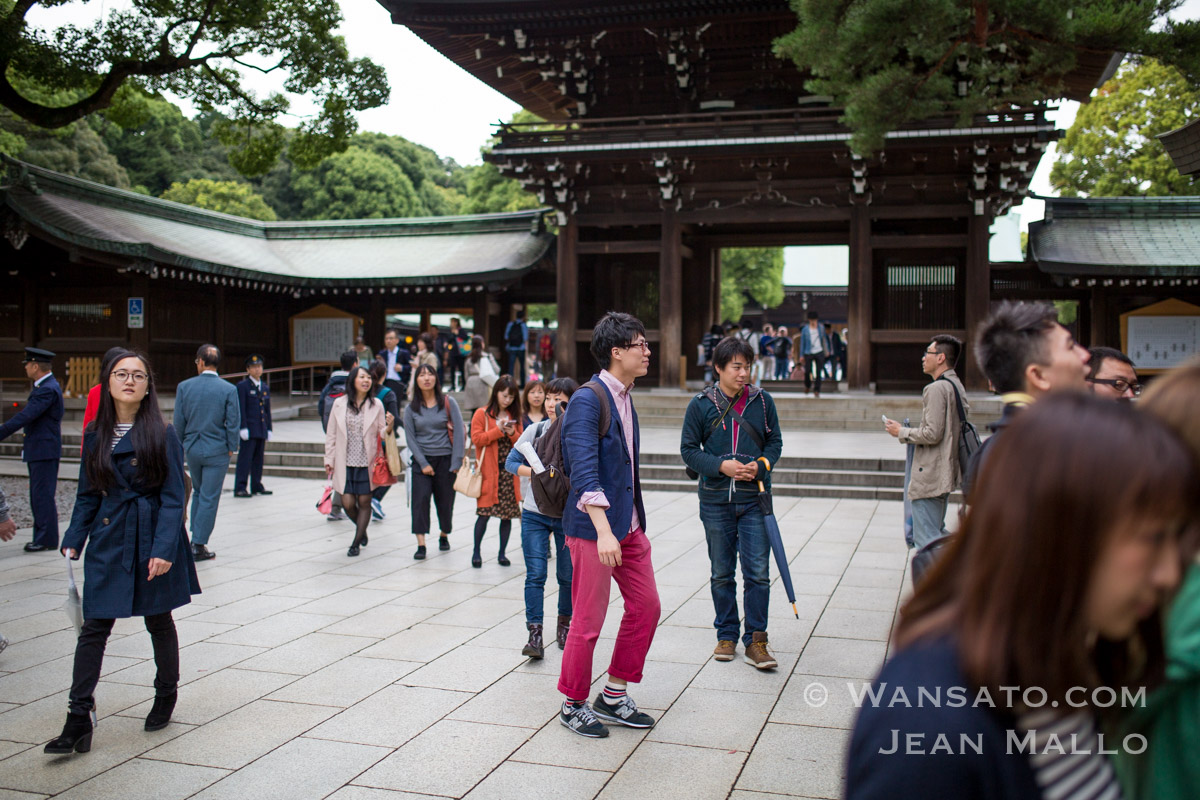
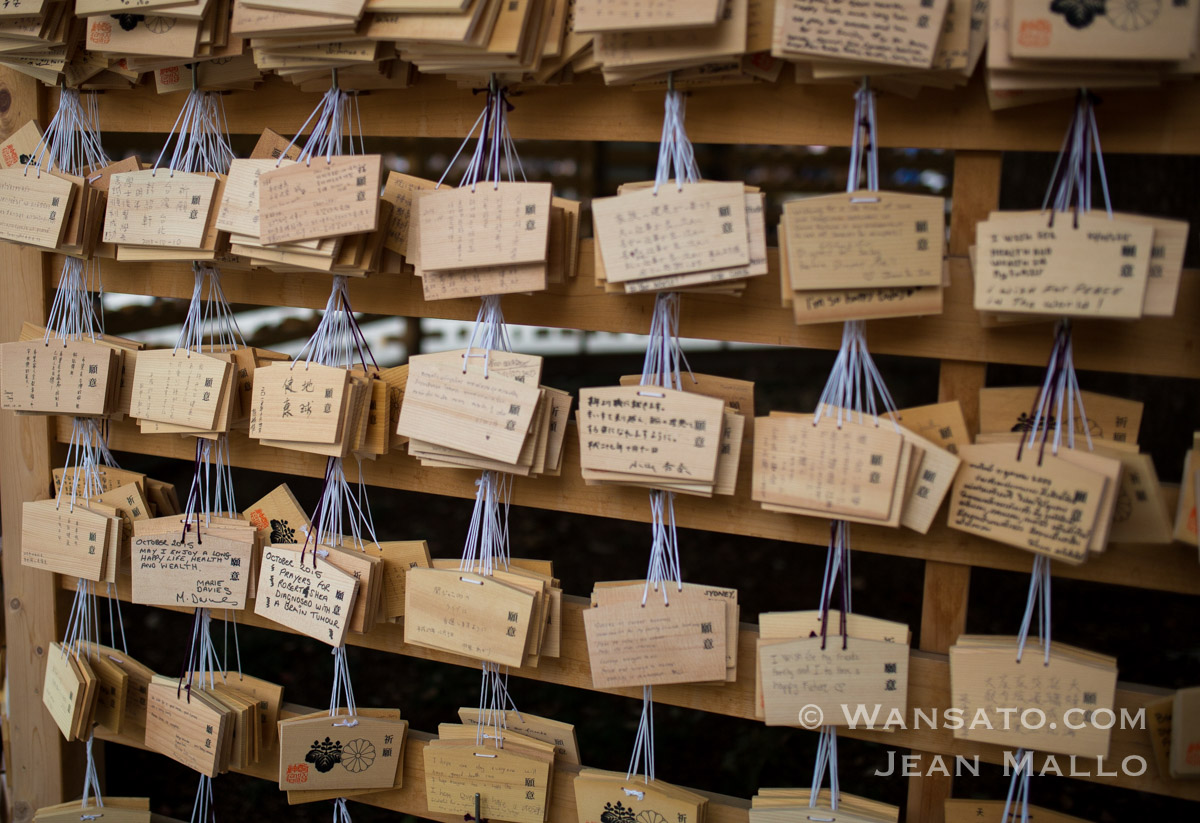
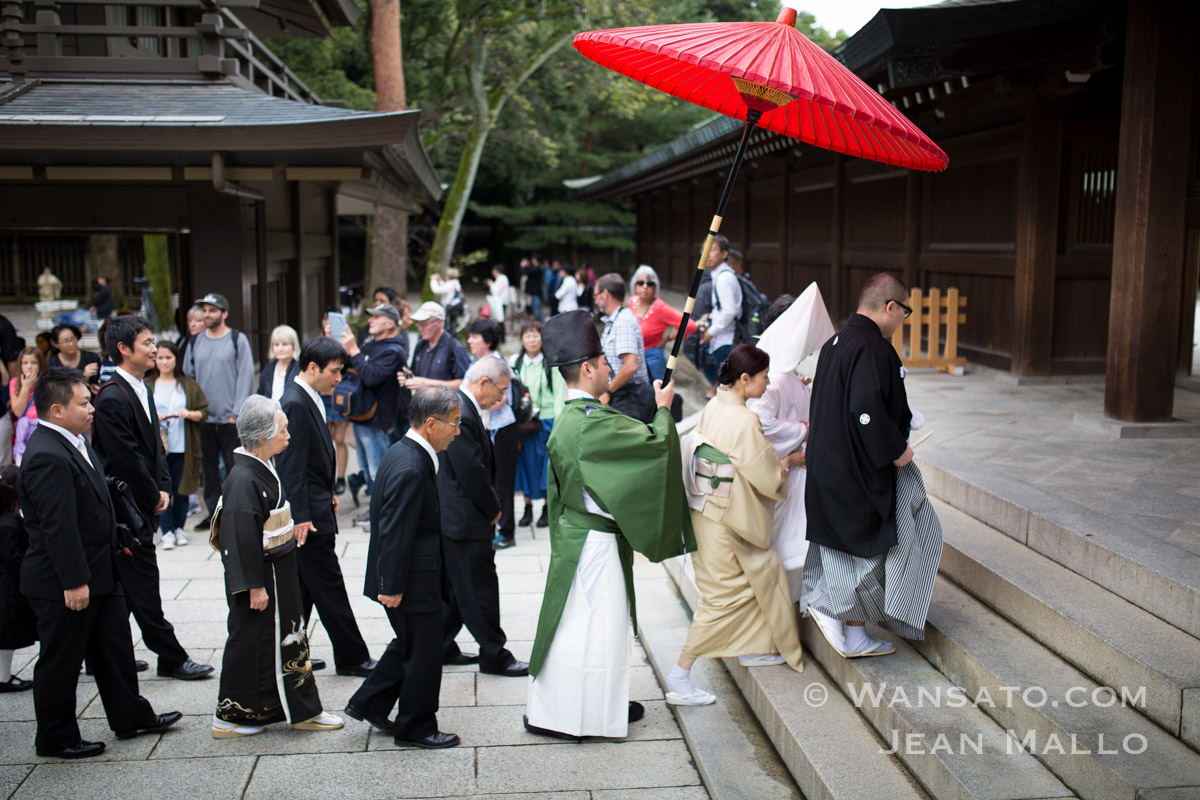
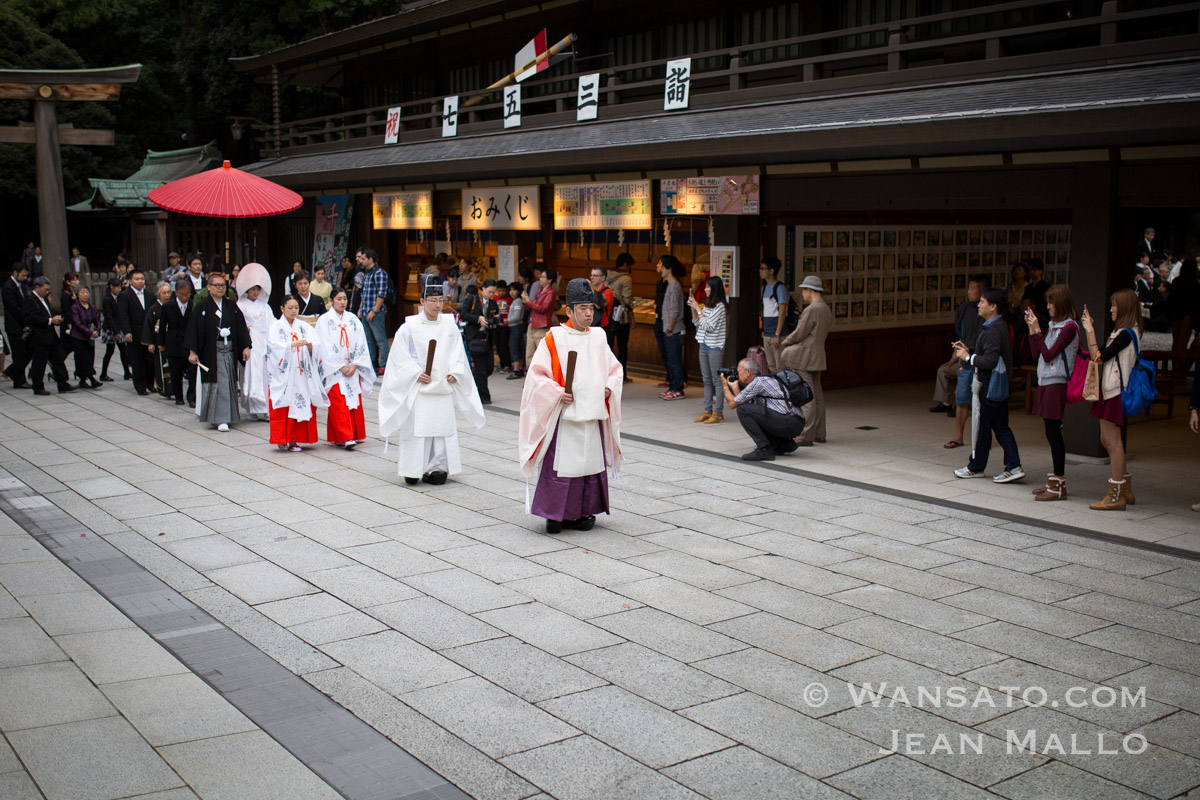
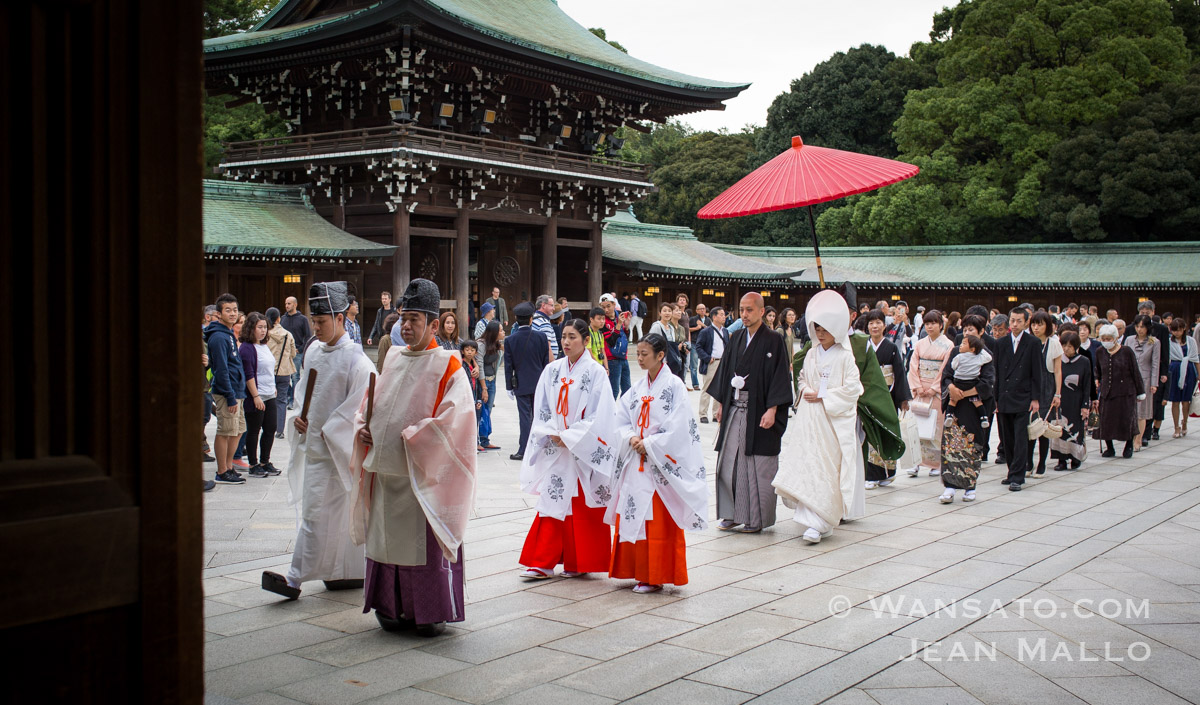
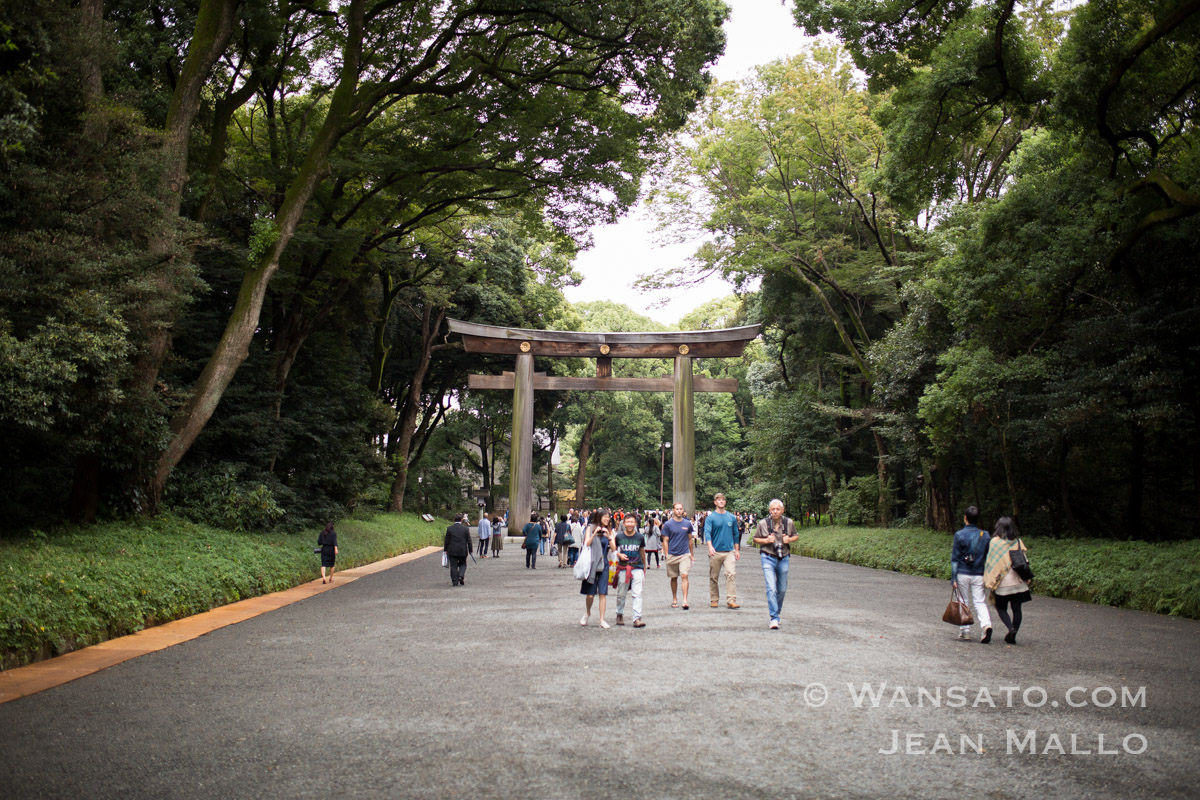
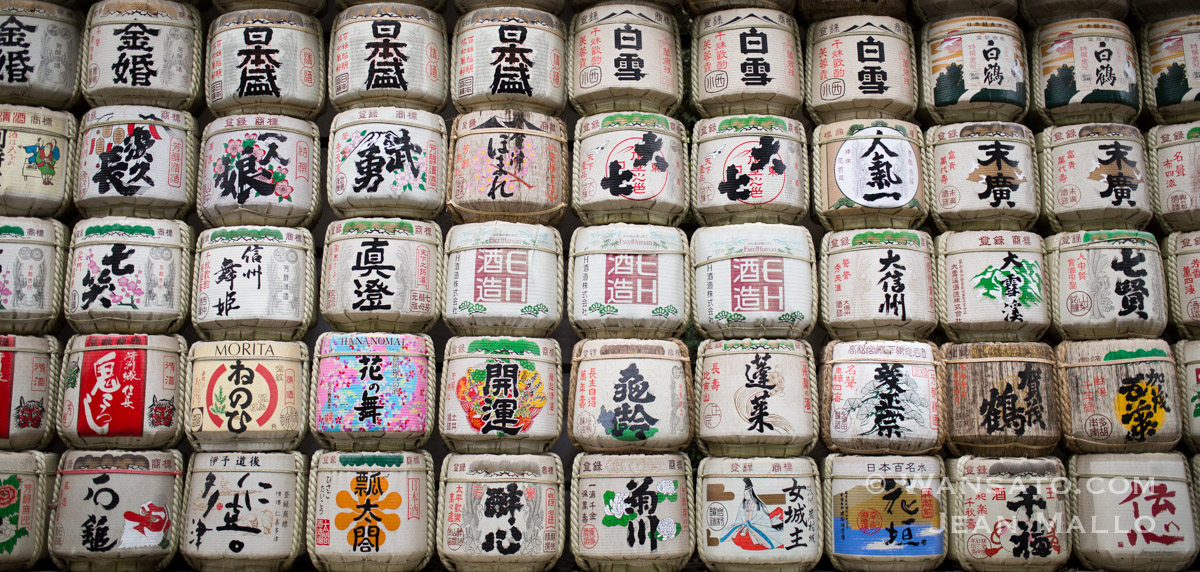
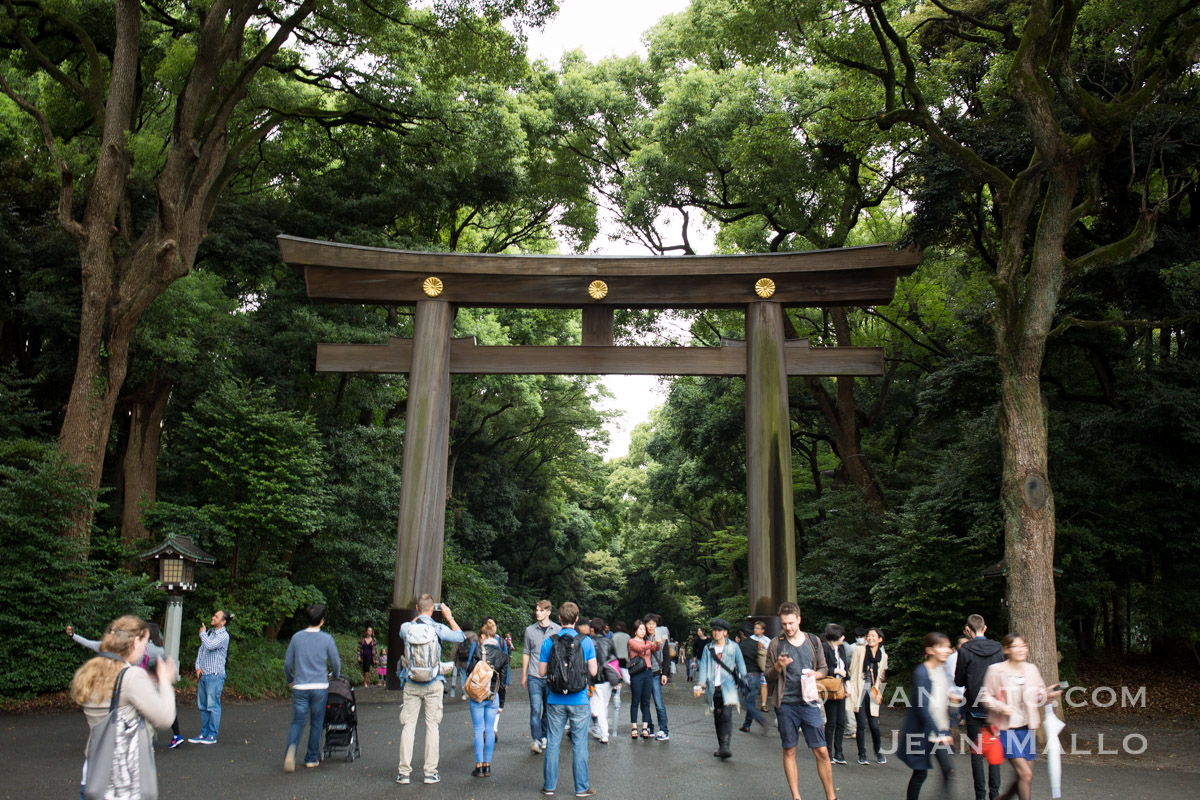
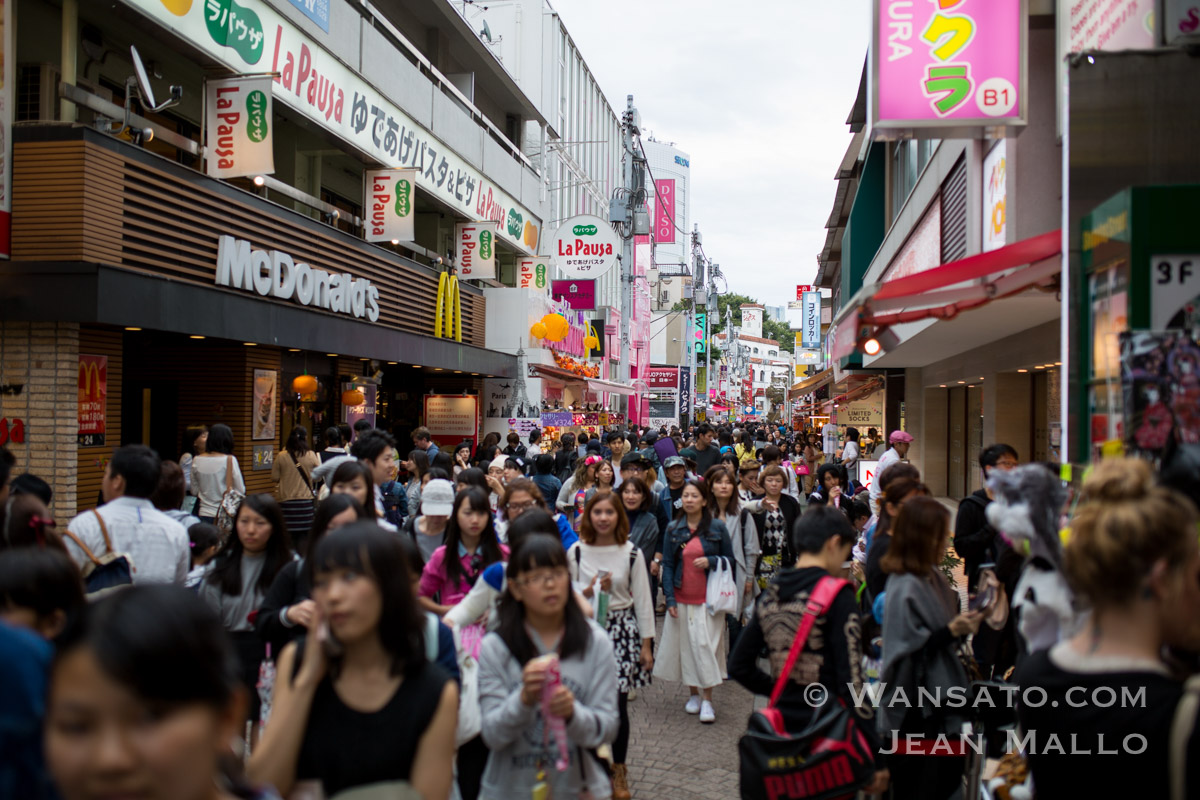
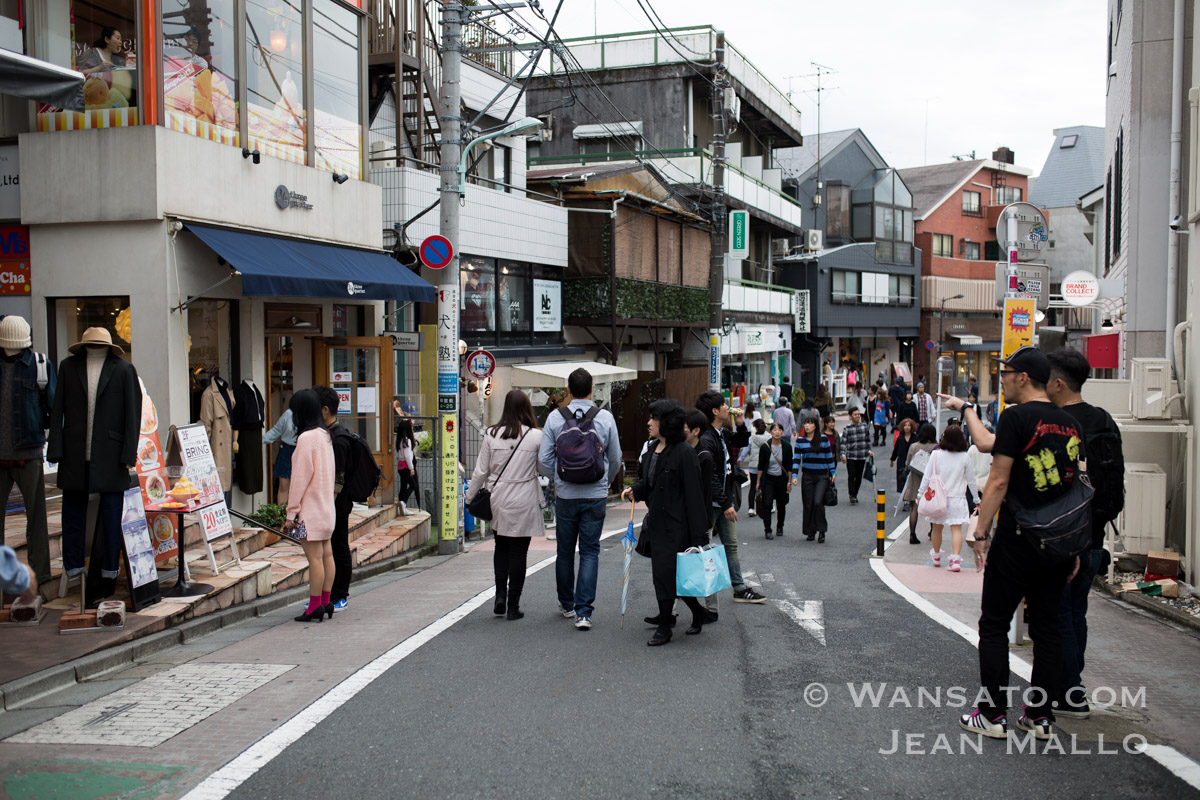
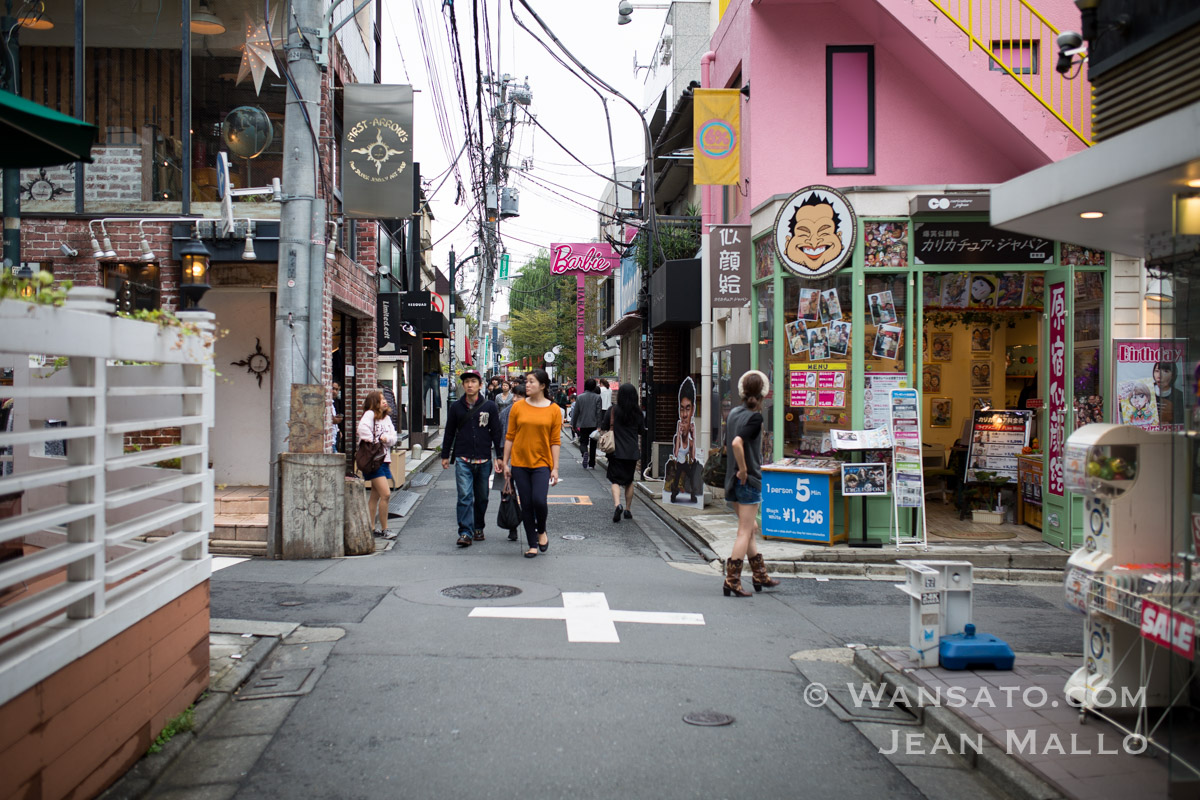
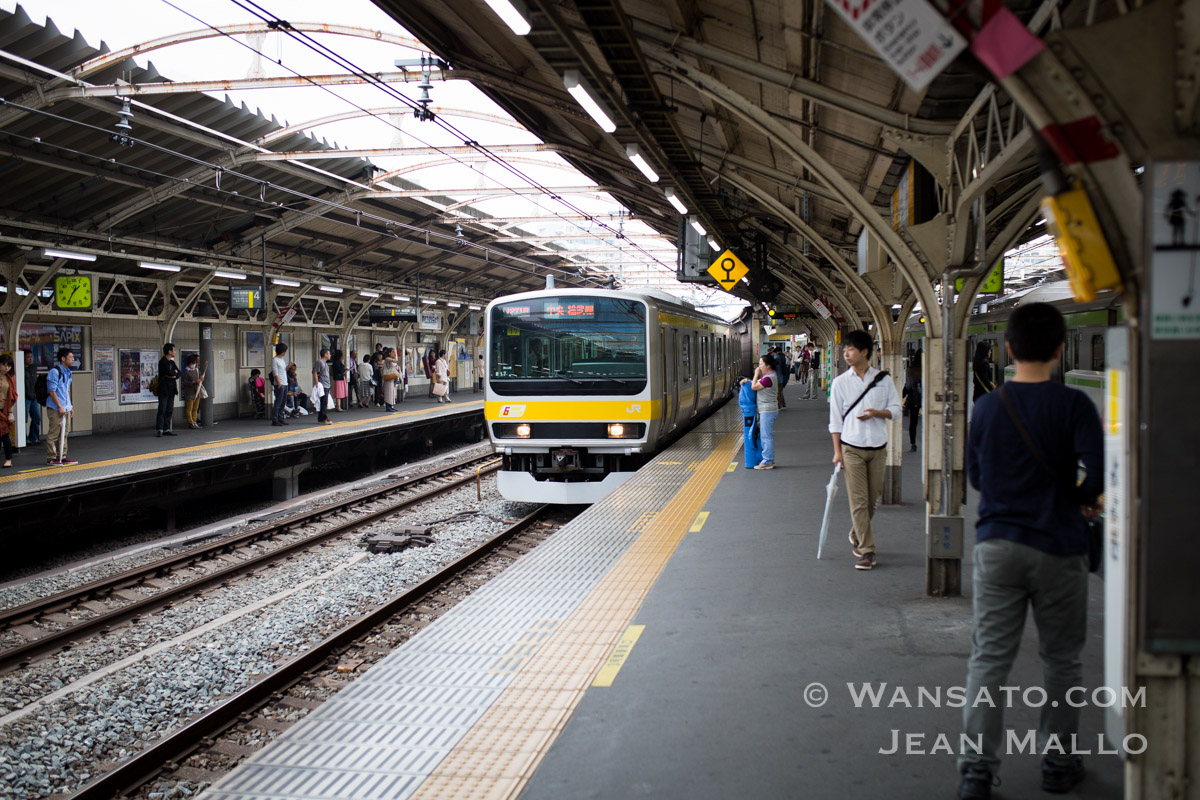
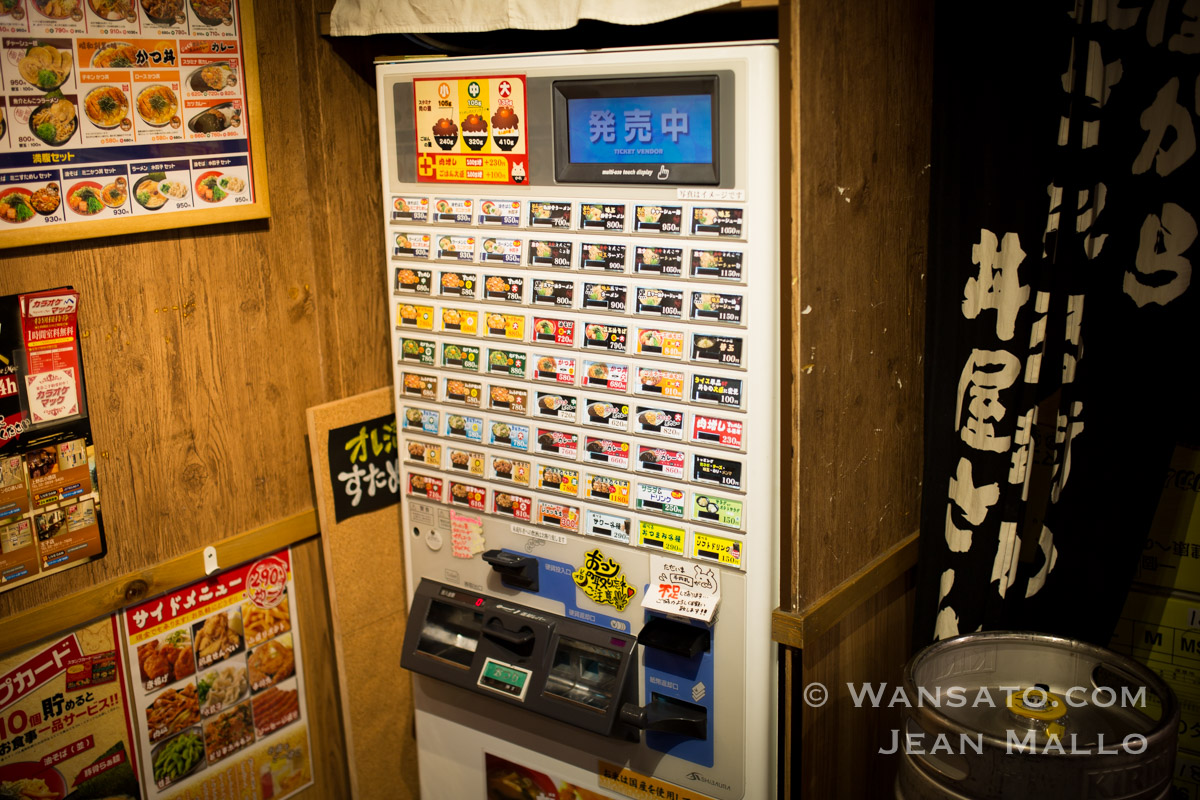
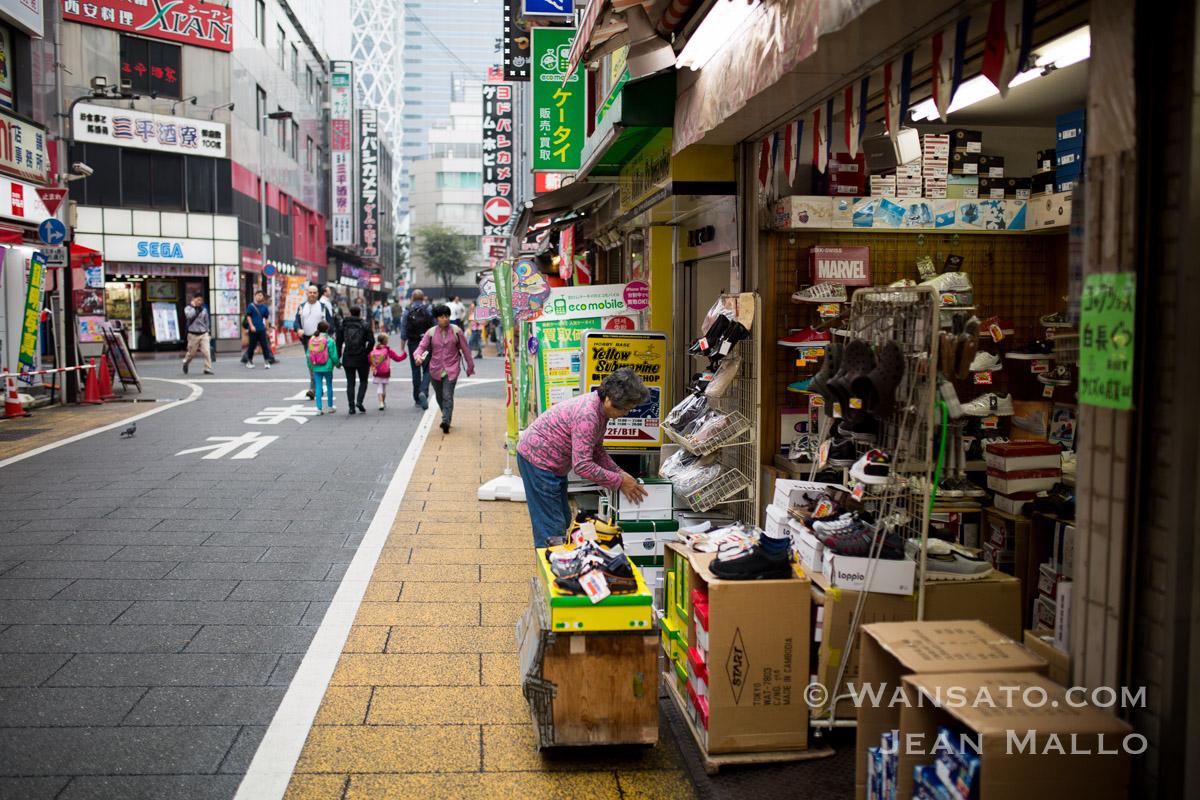
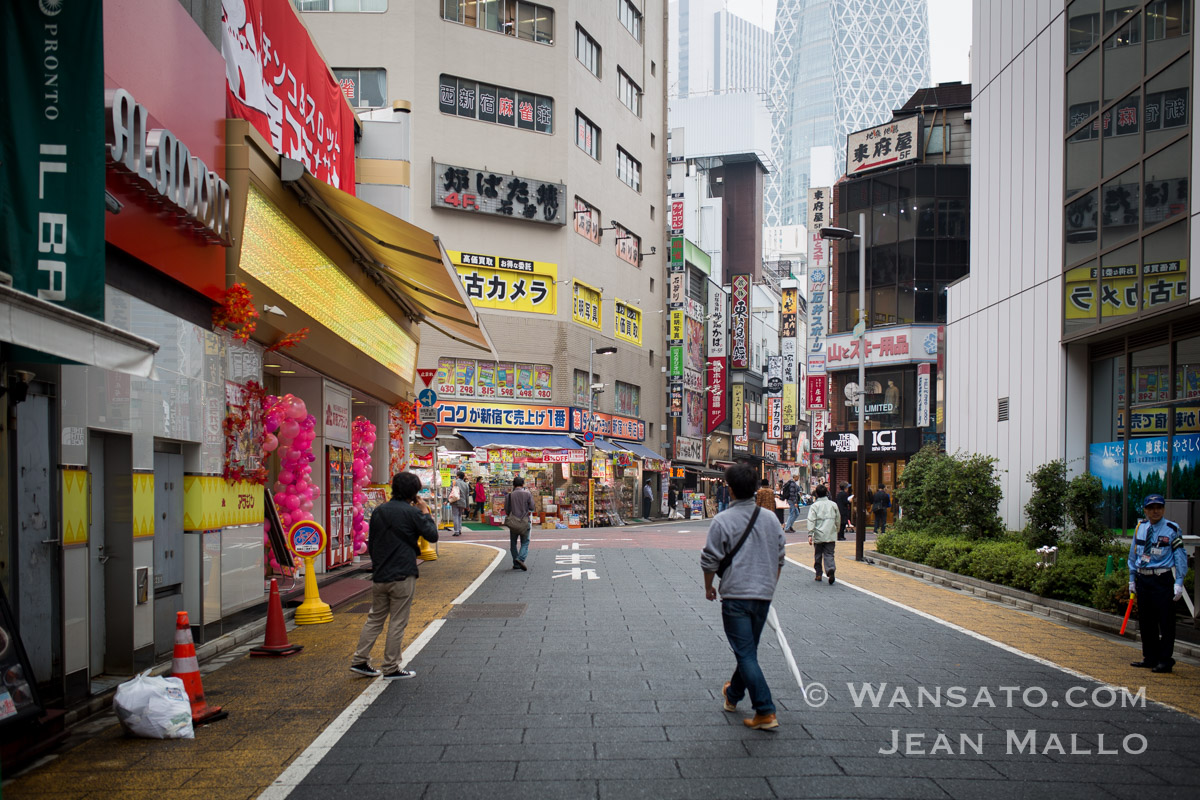
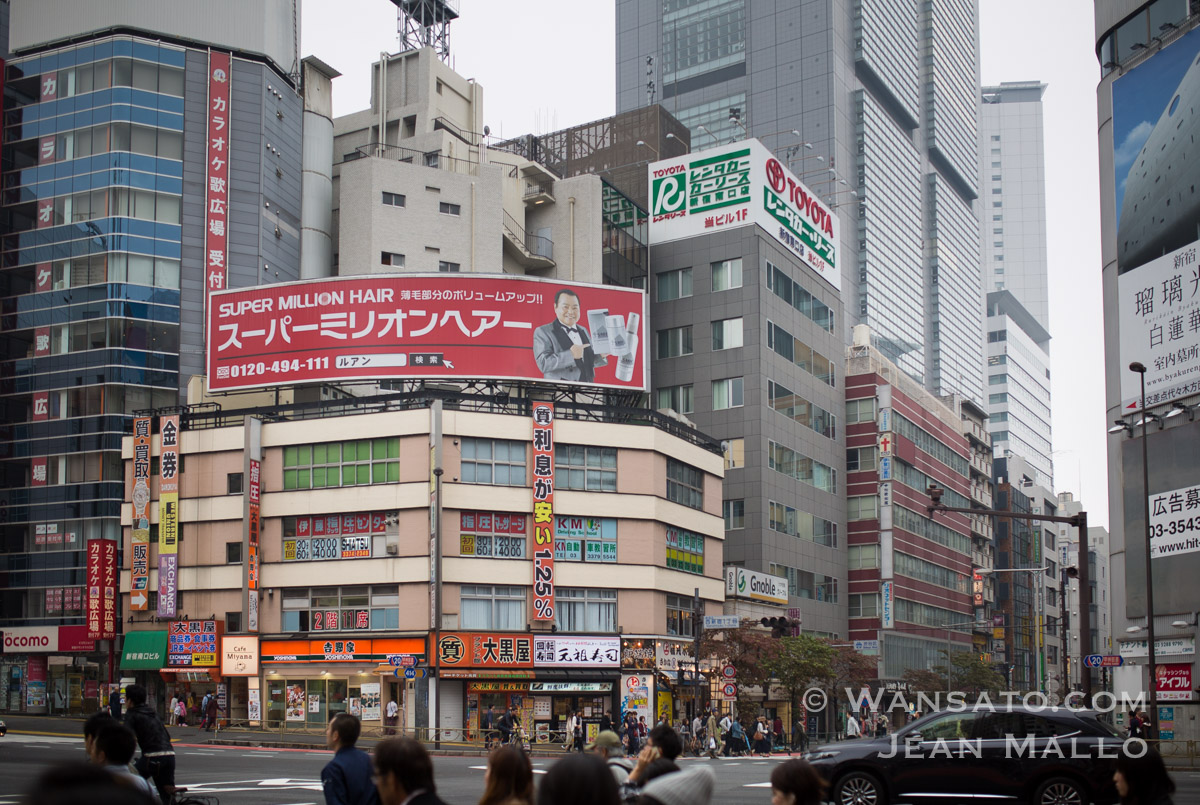
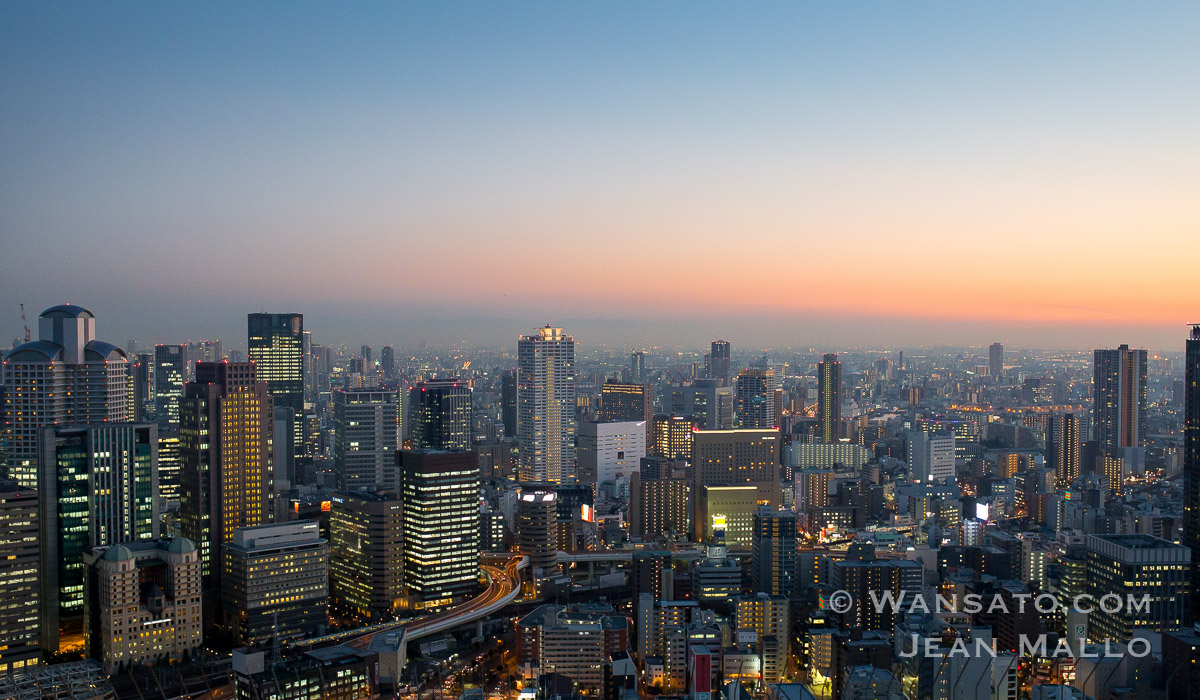
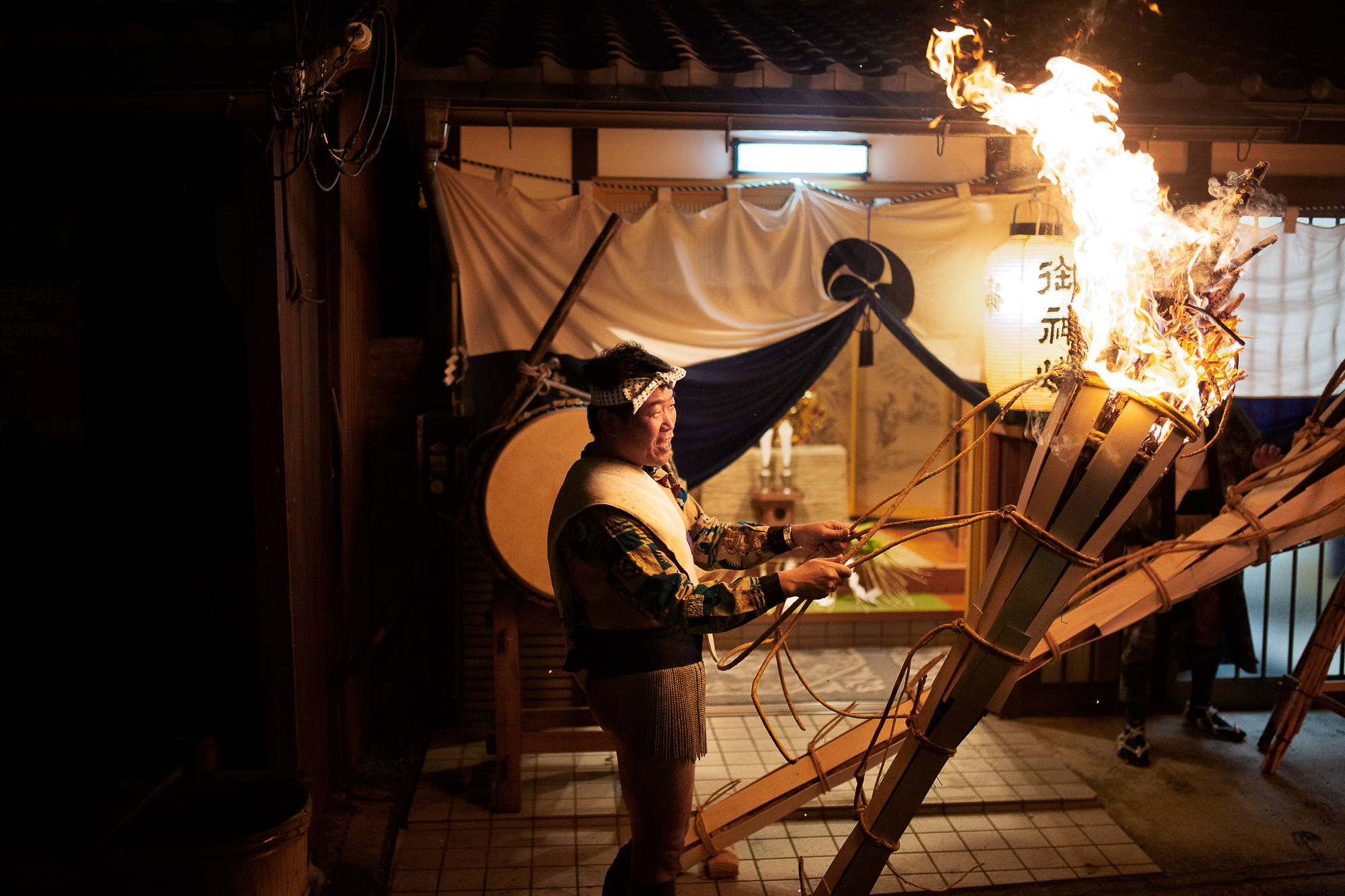
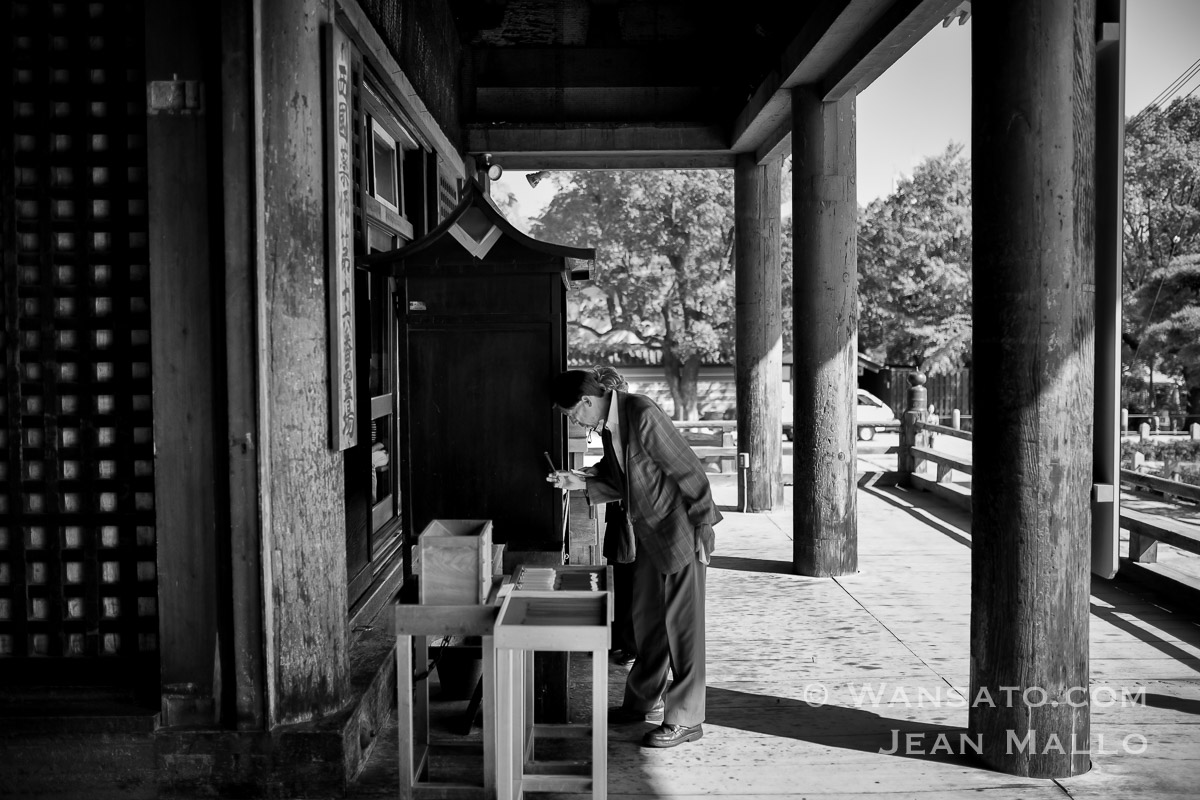
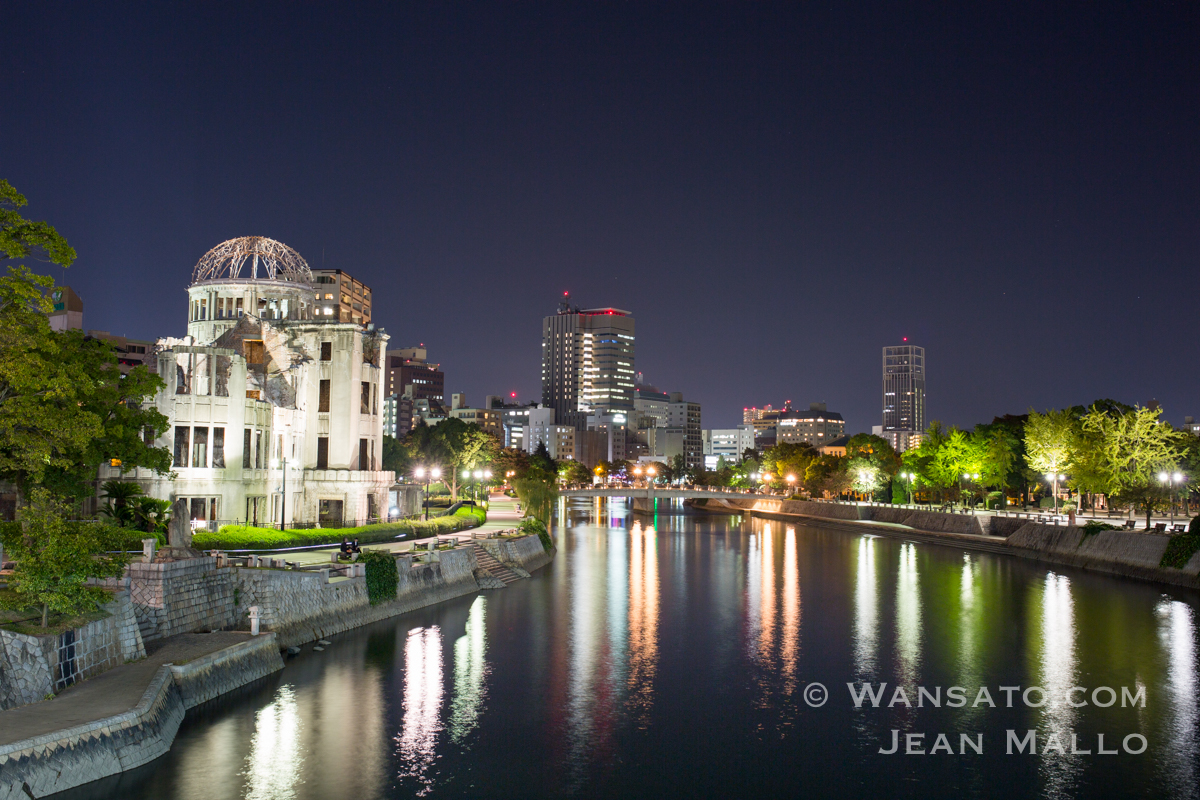
This Post Has 0 Comments